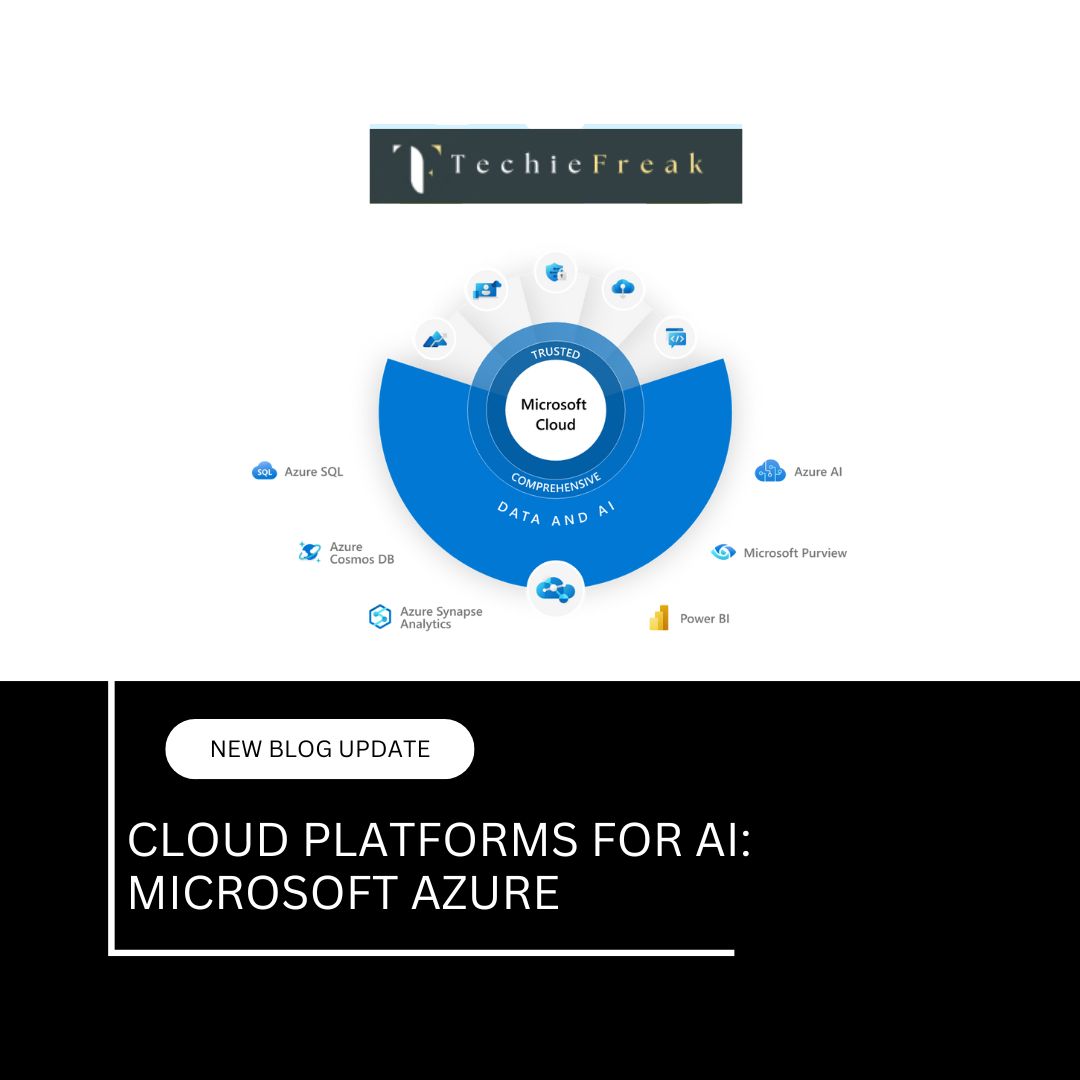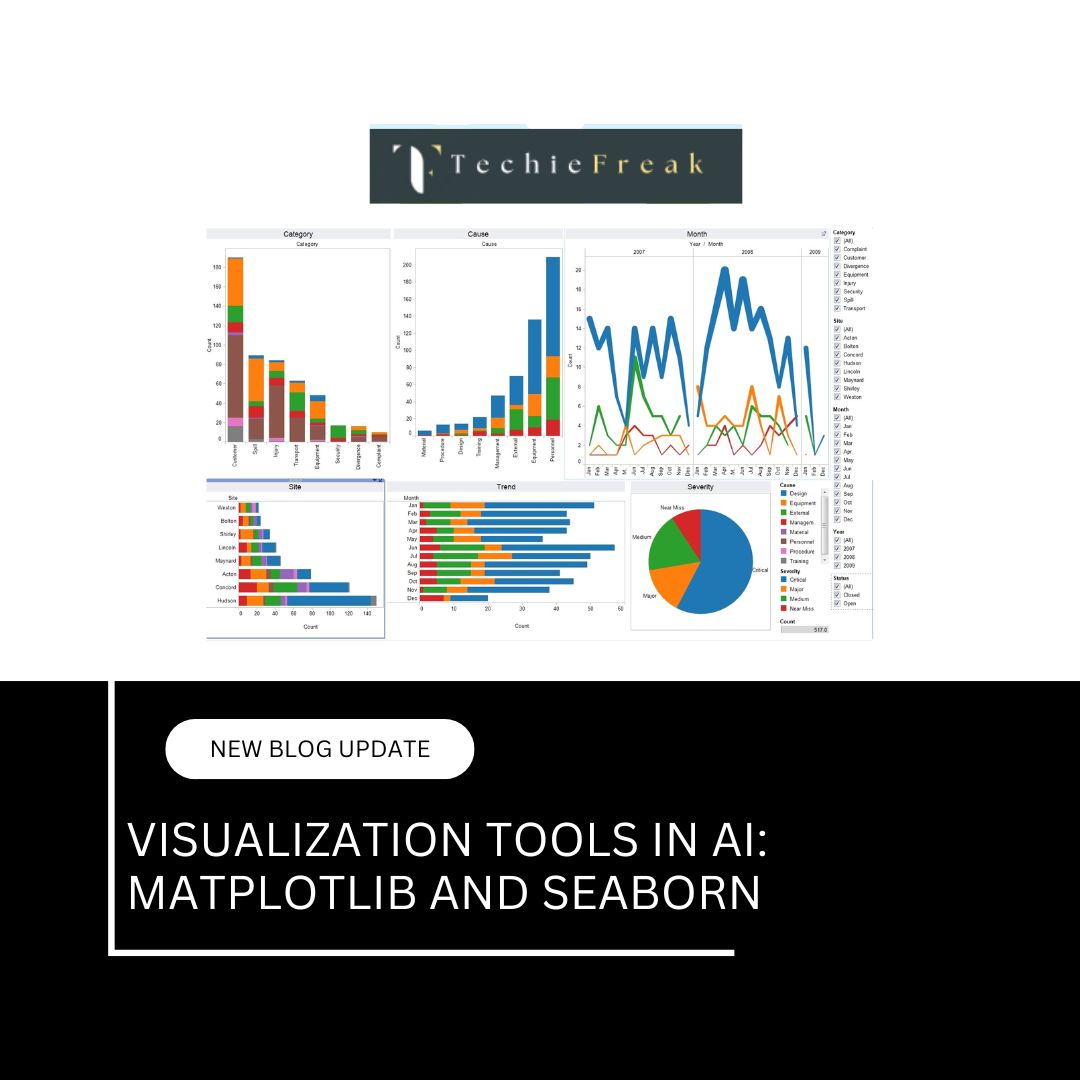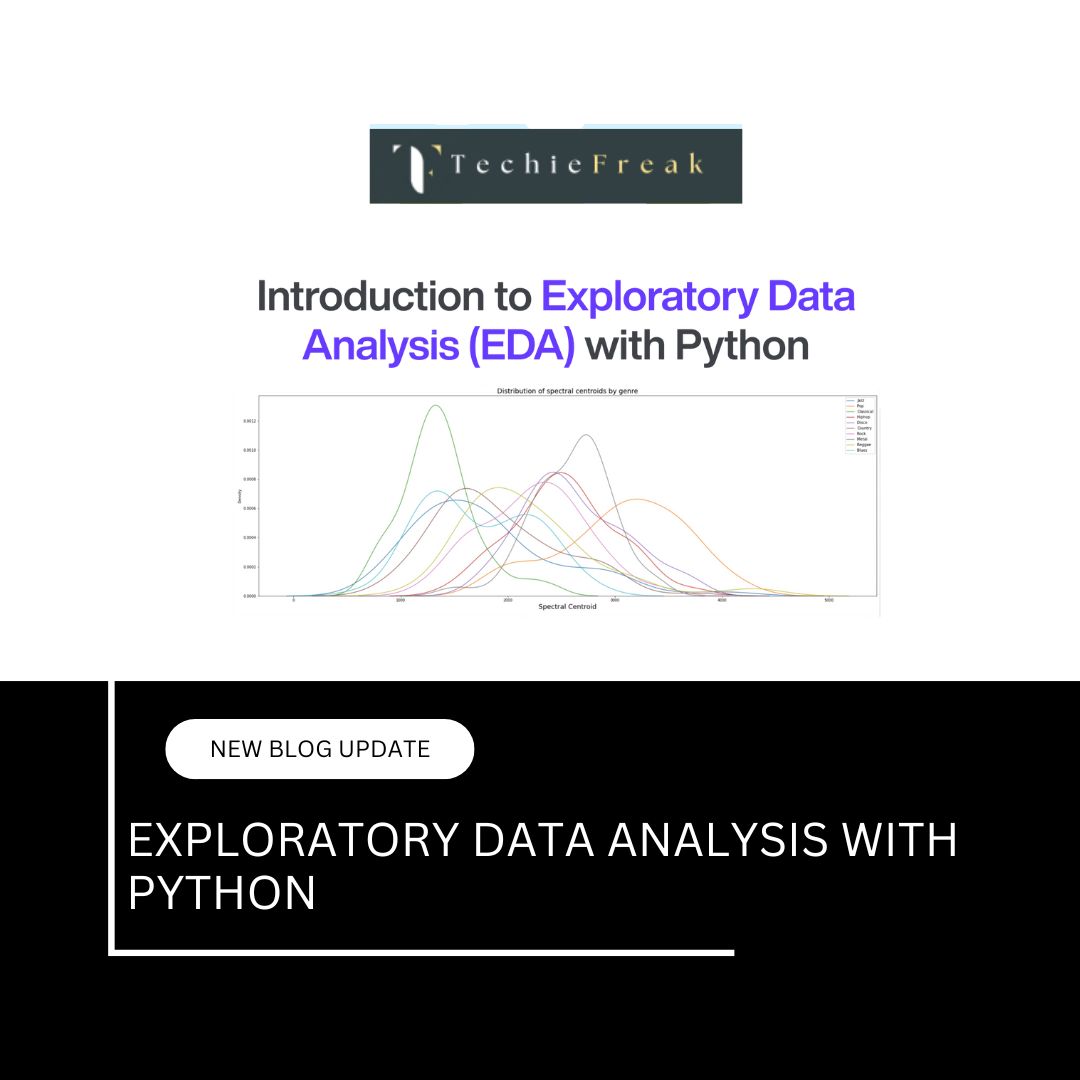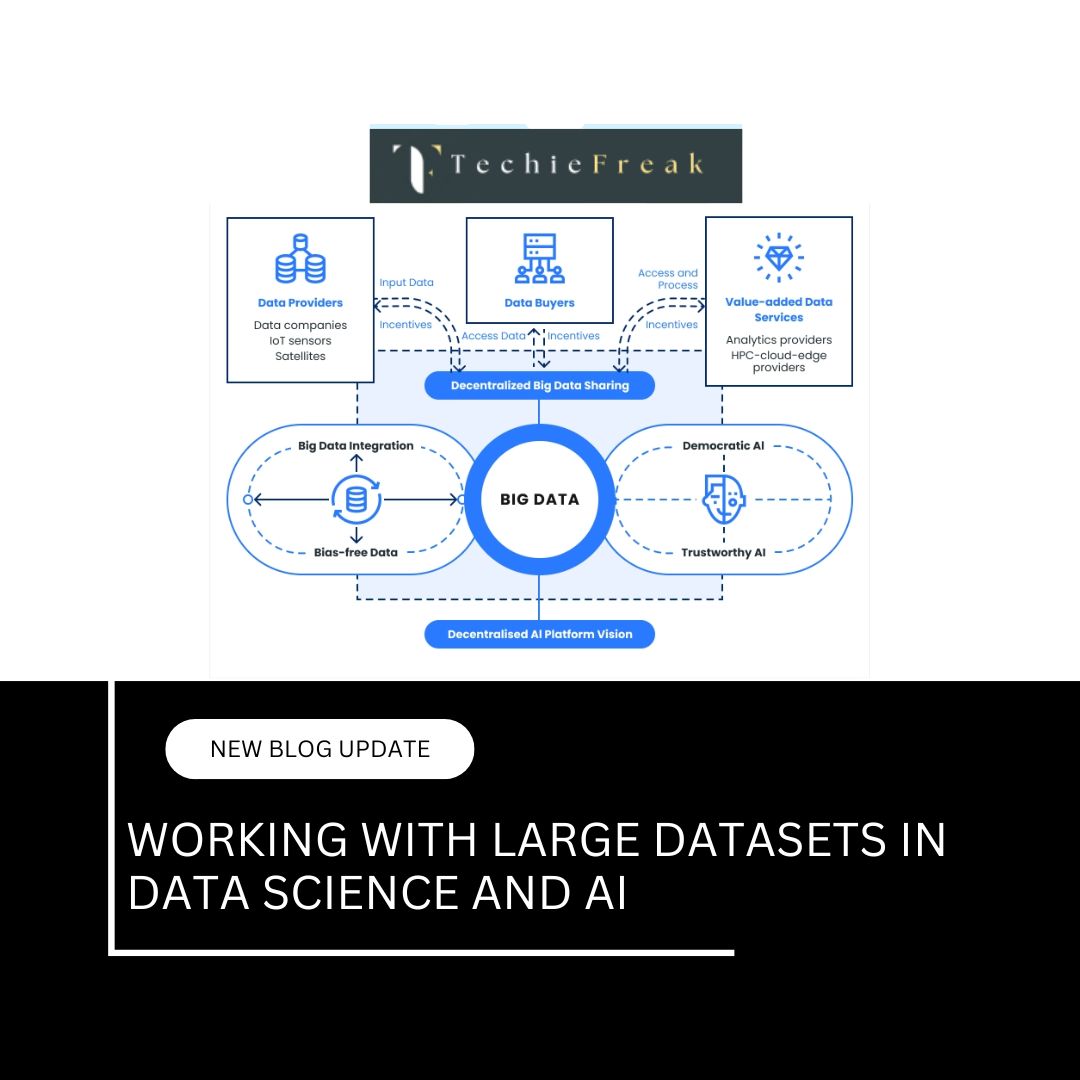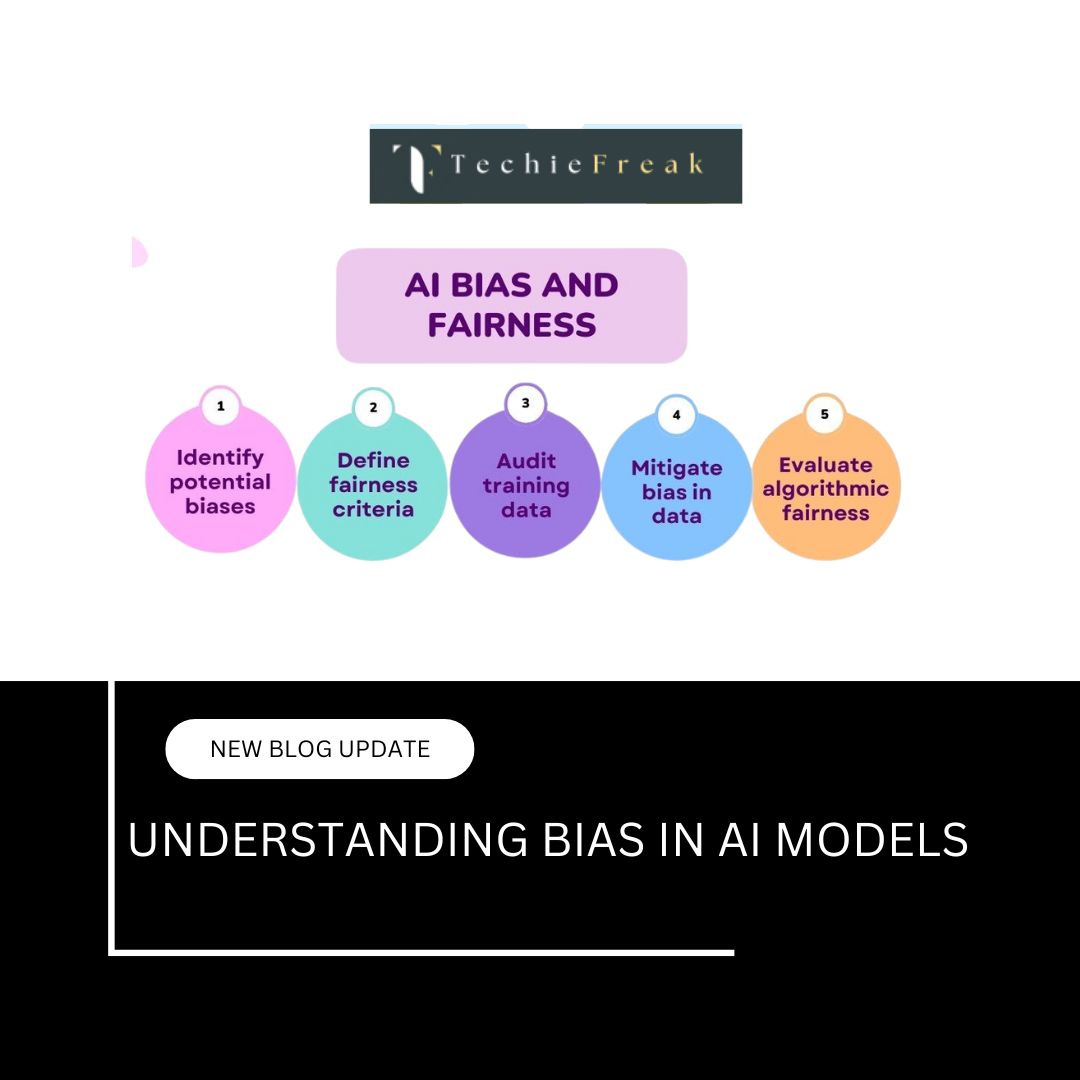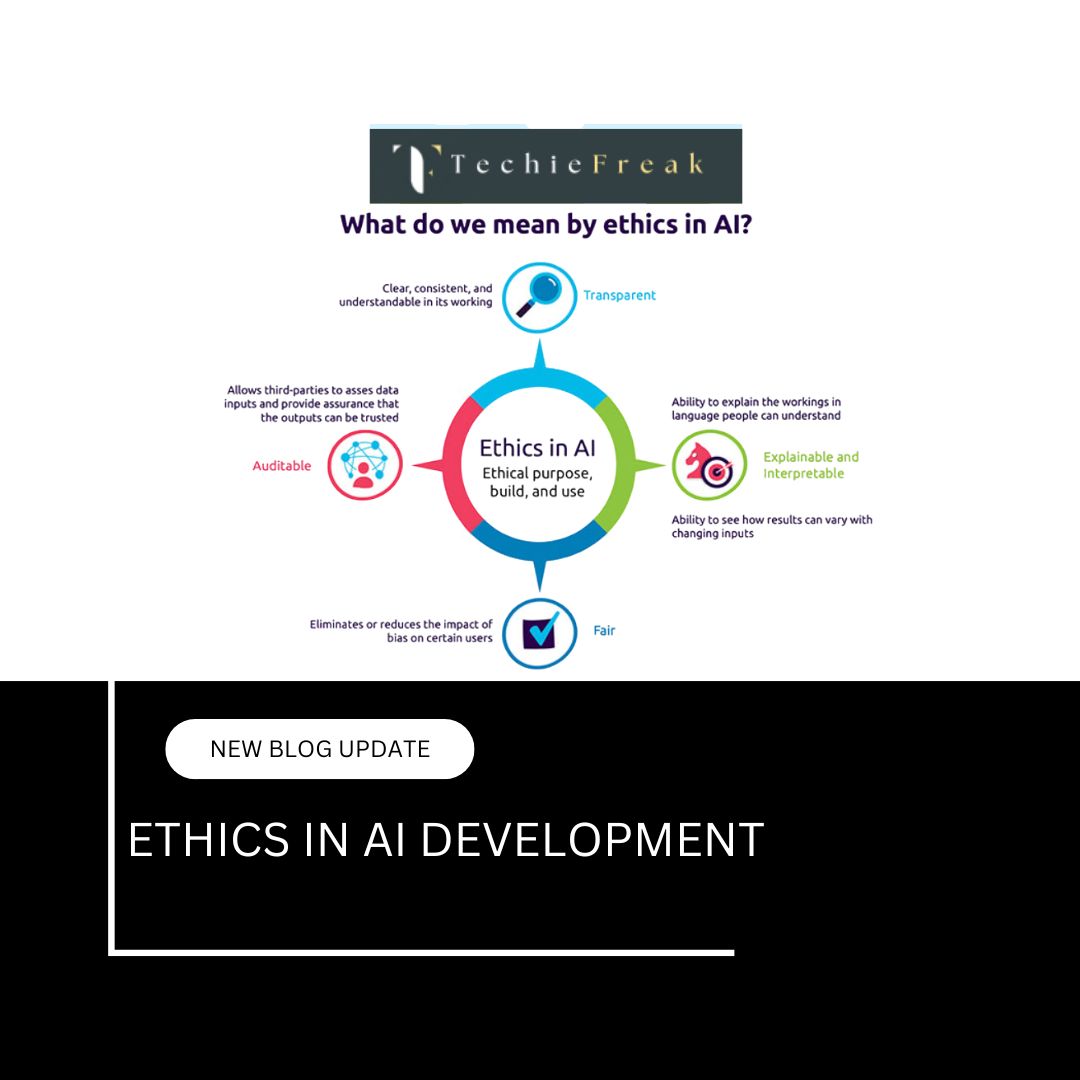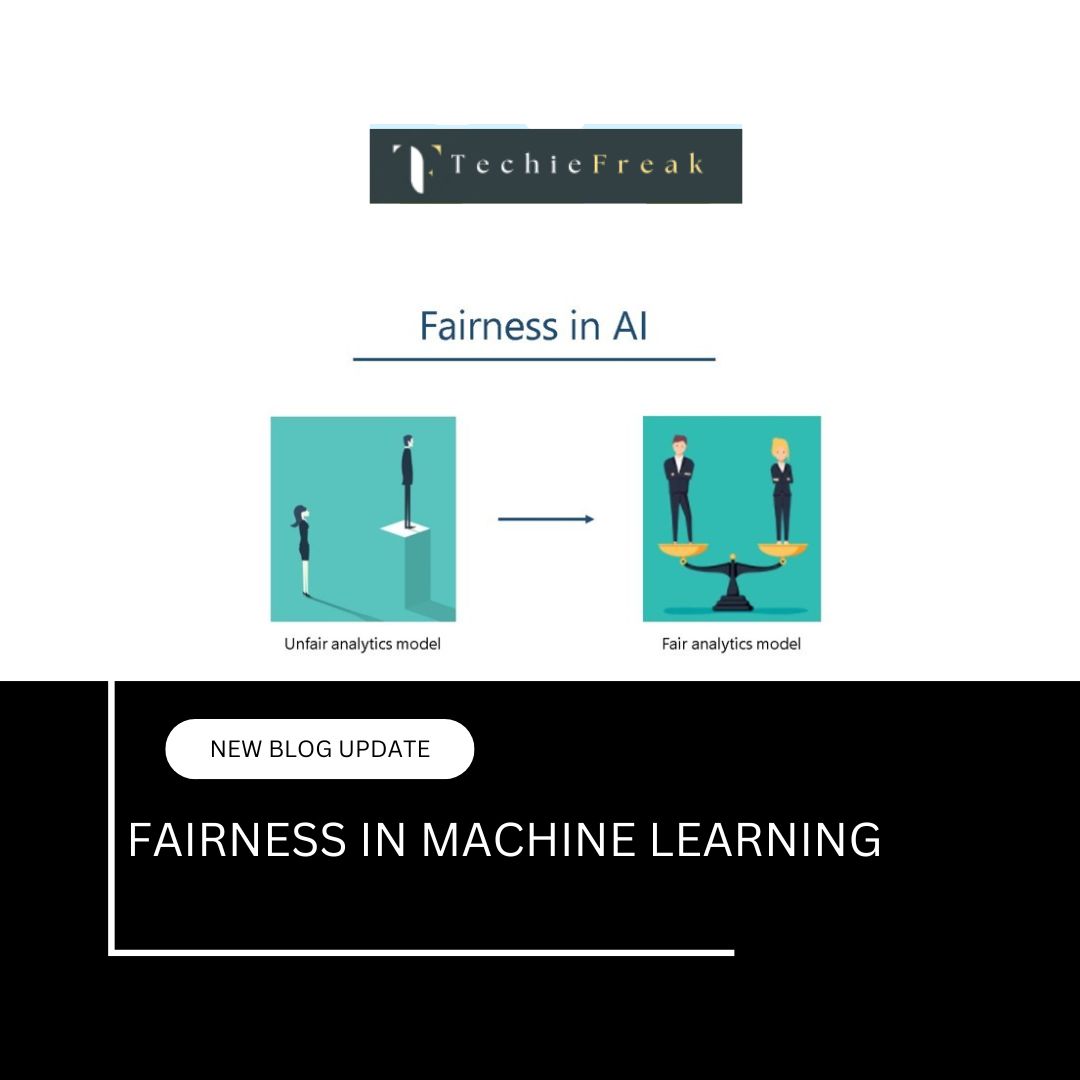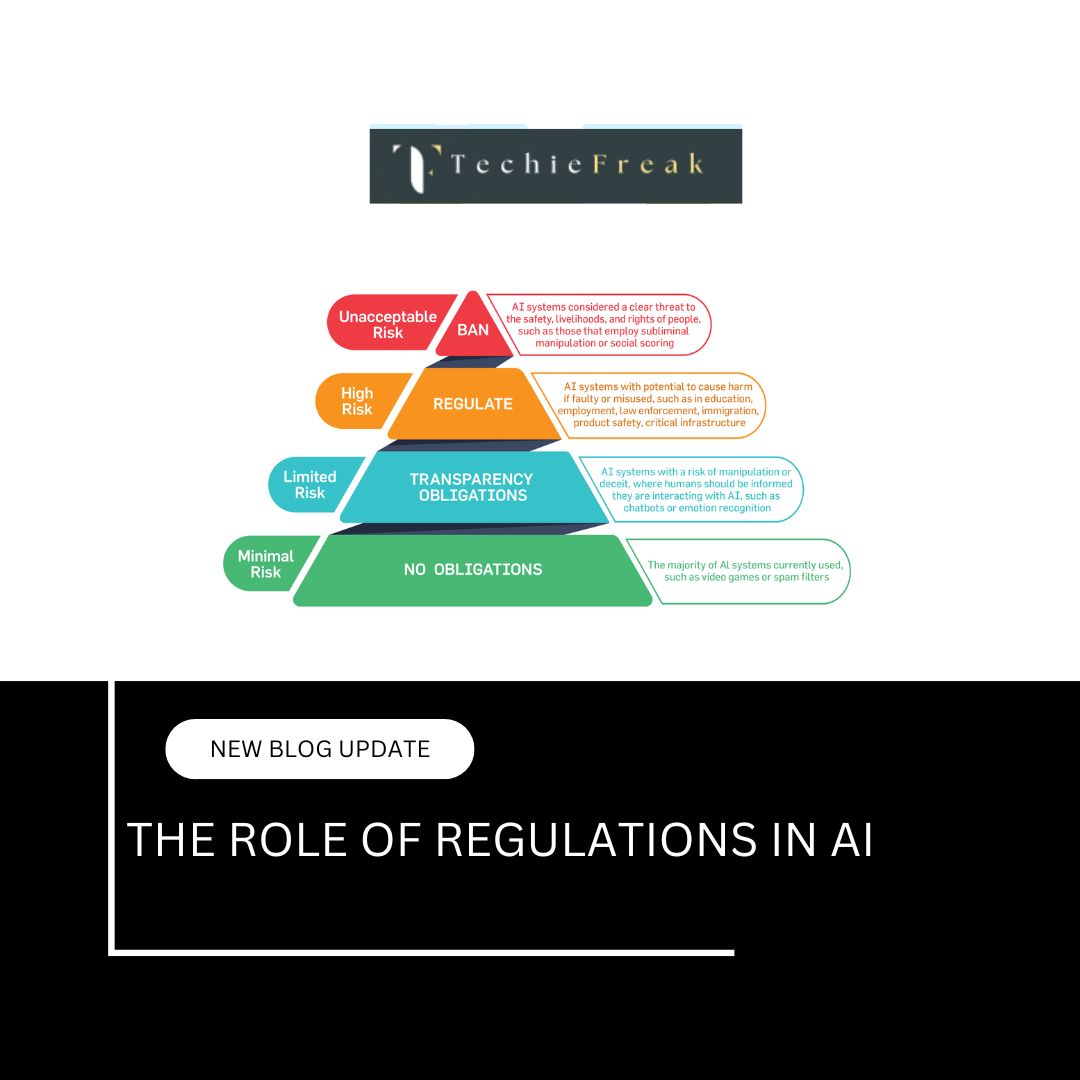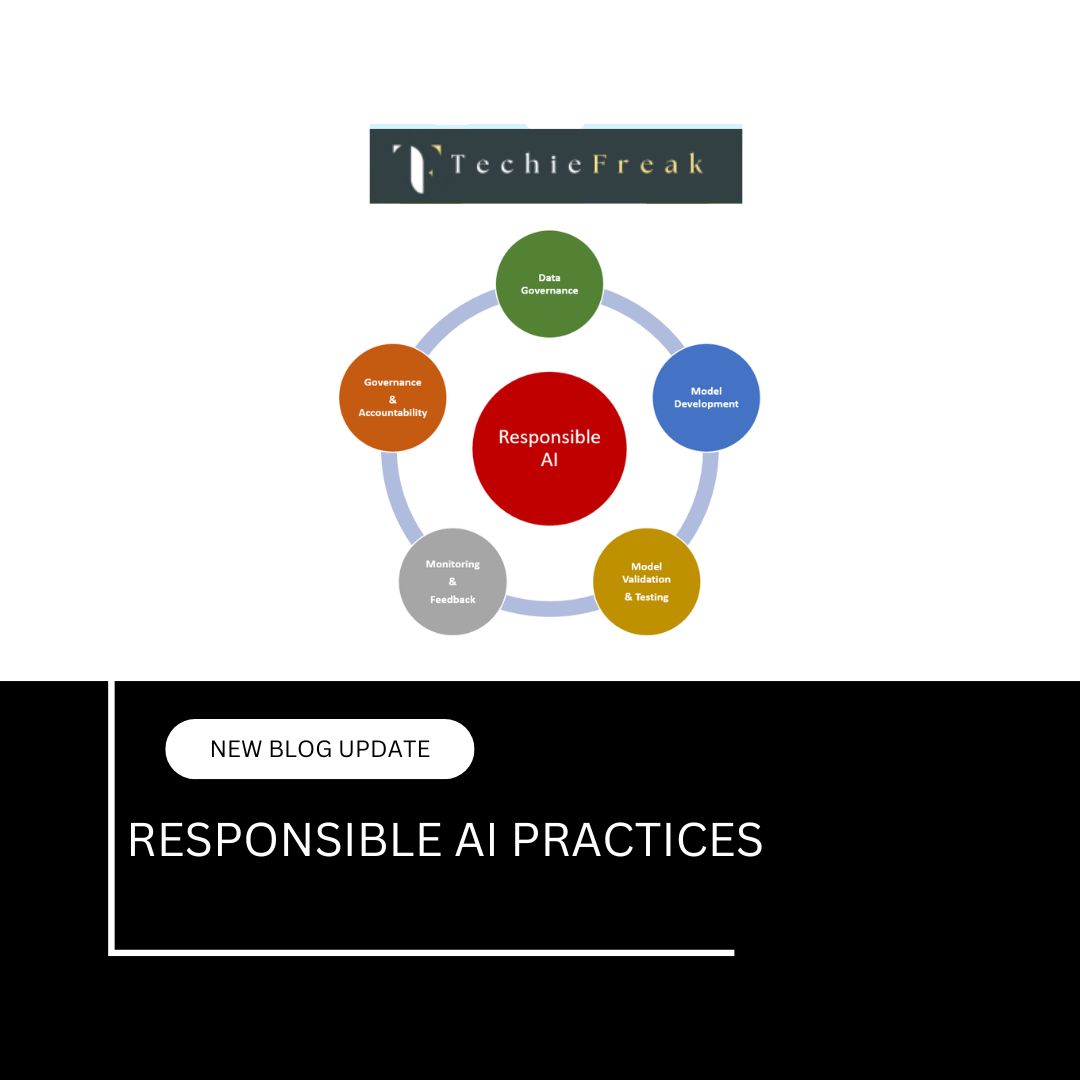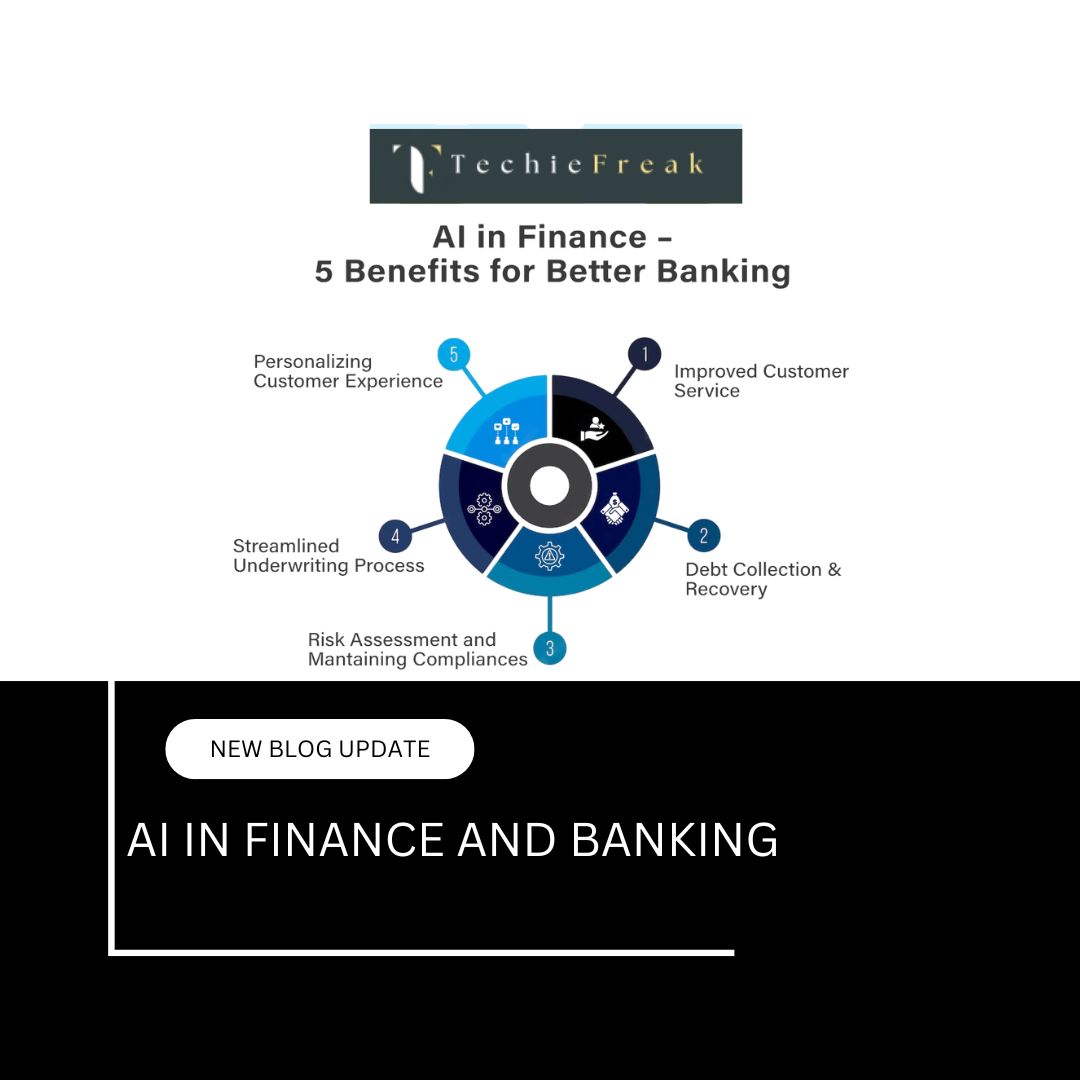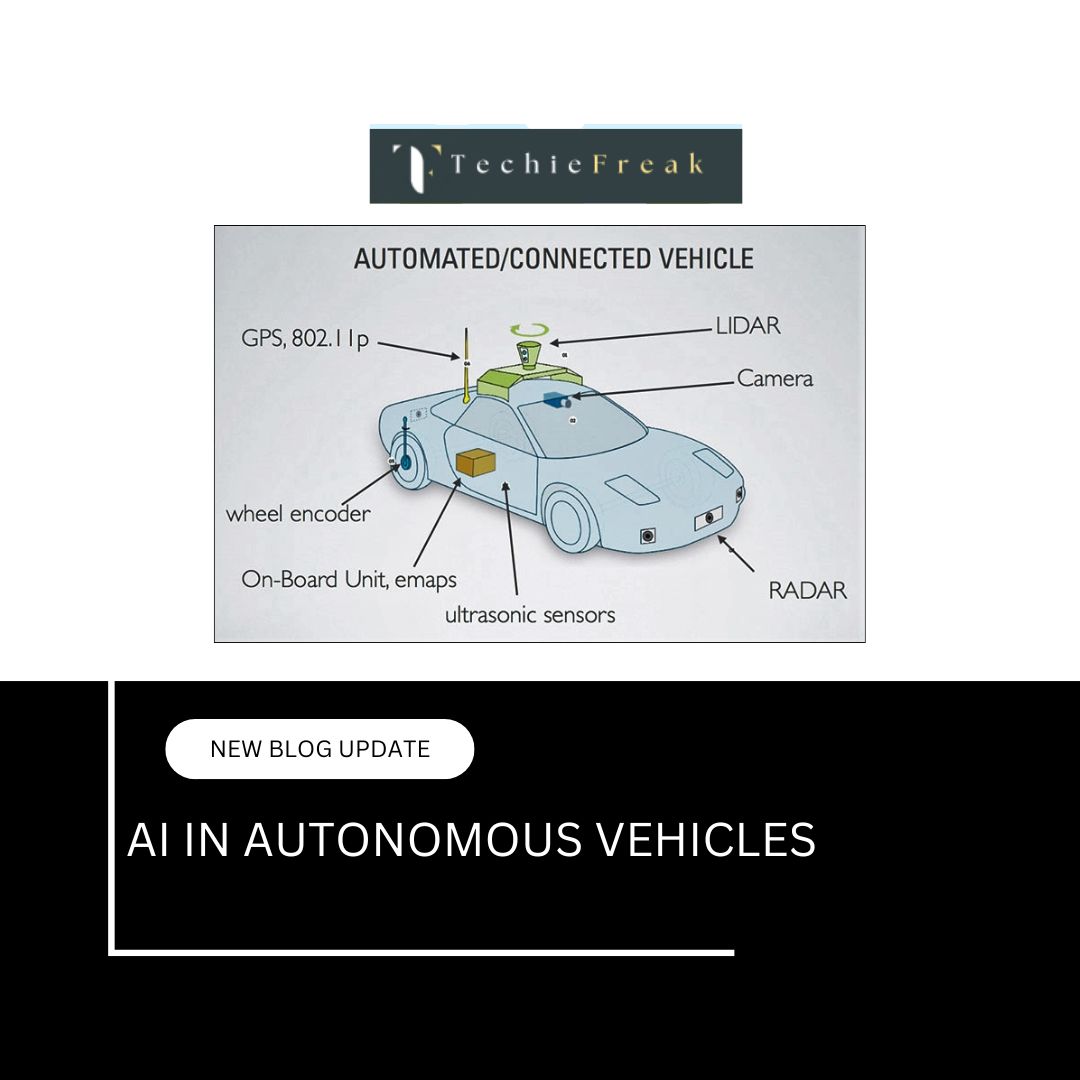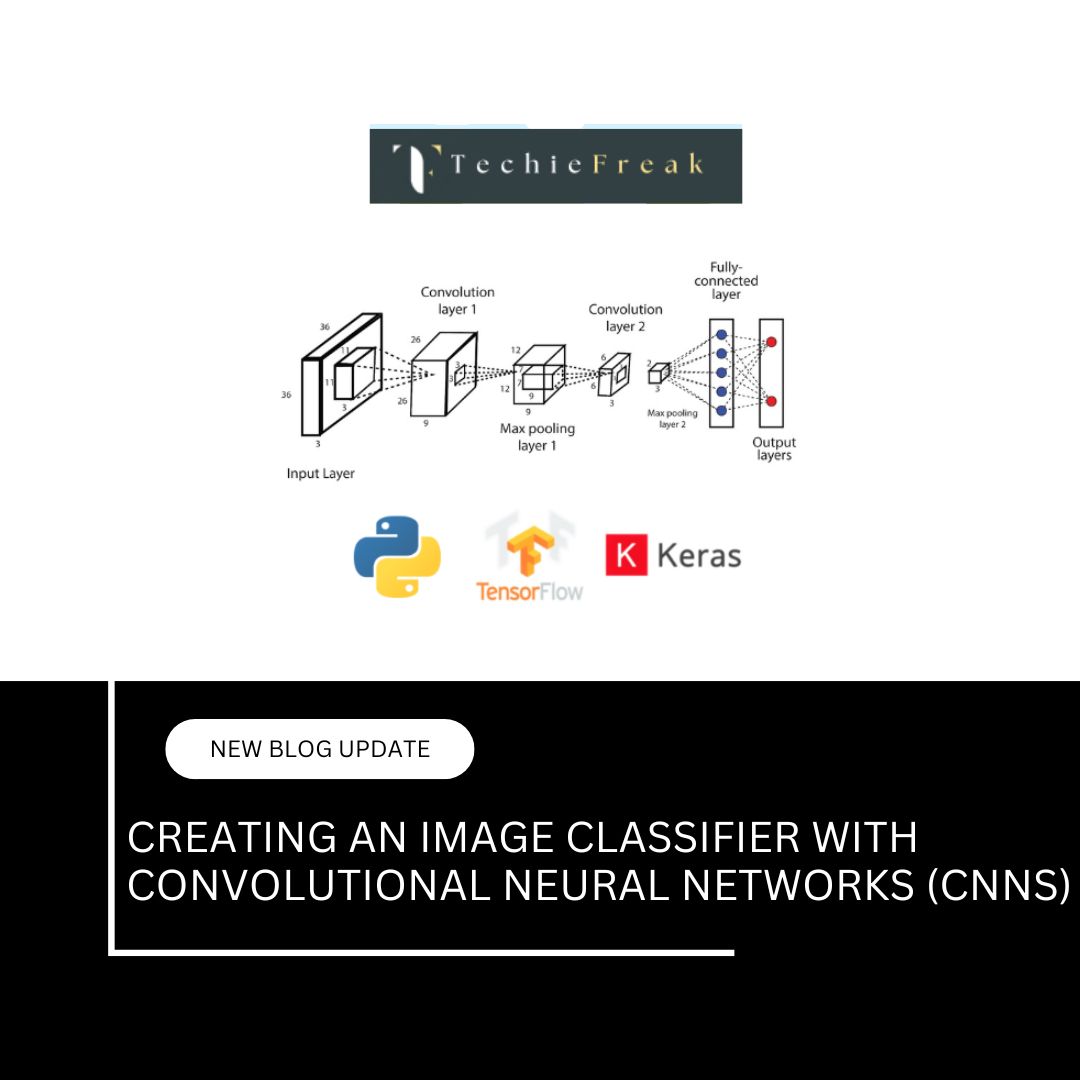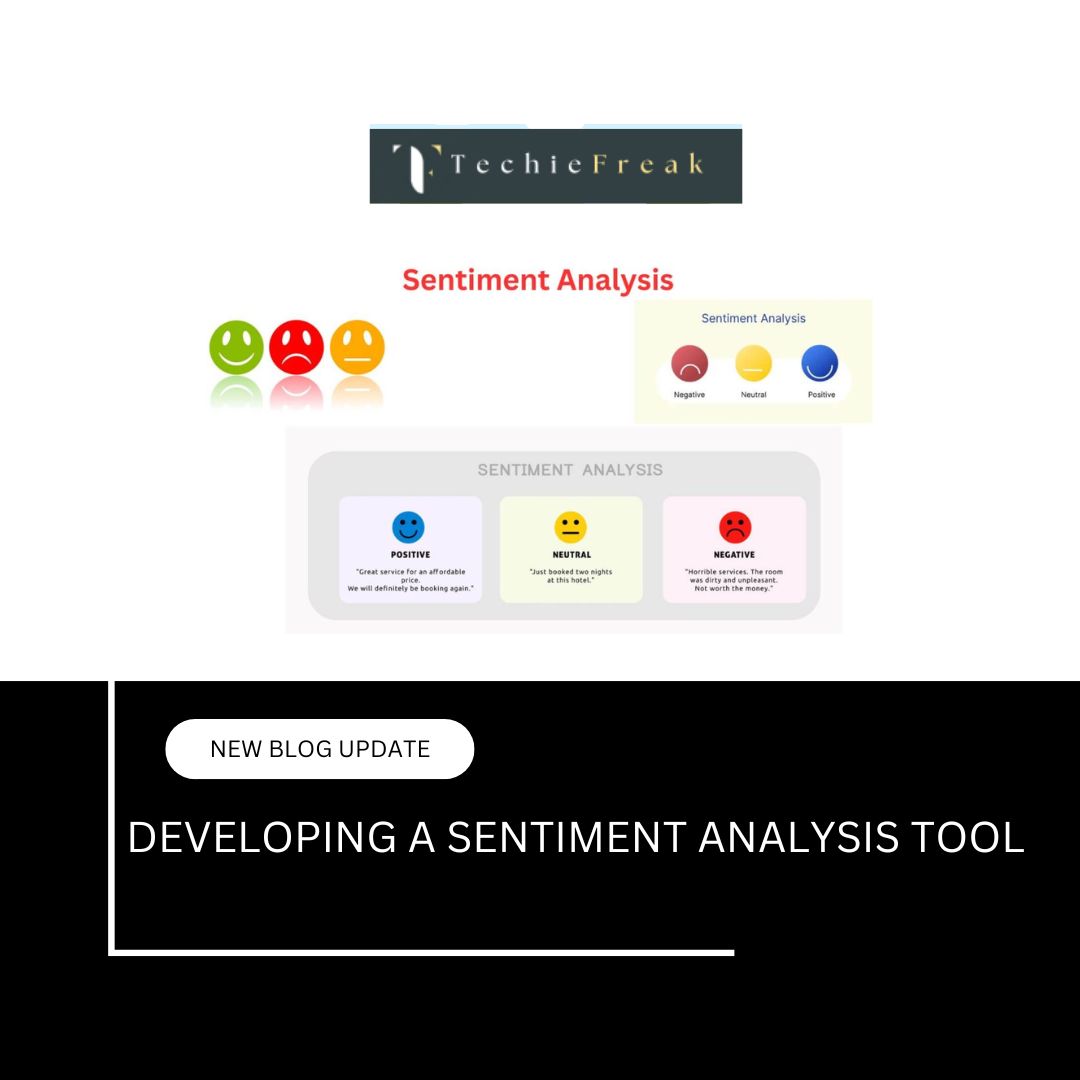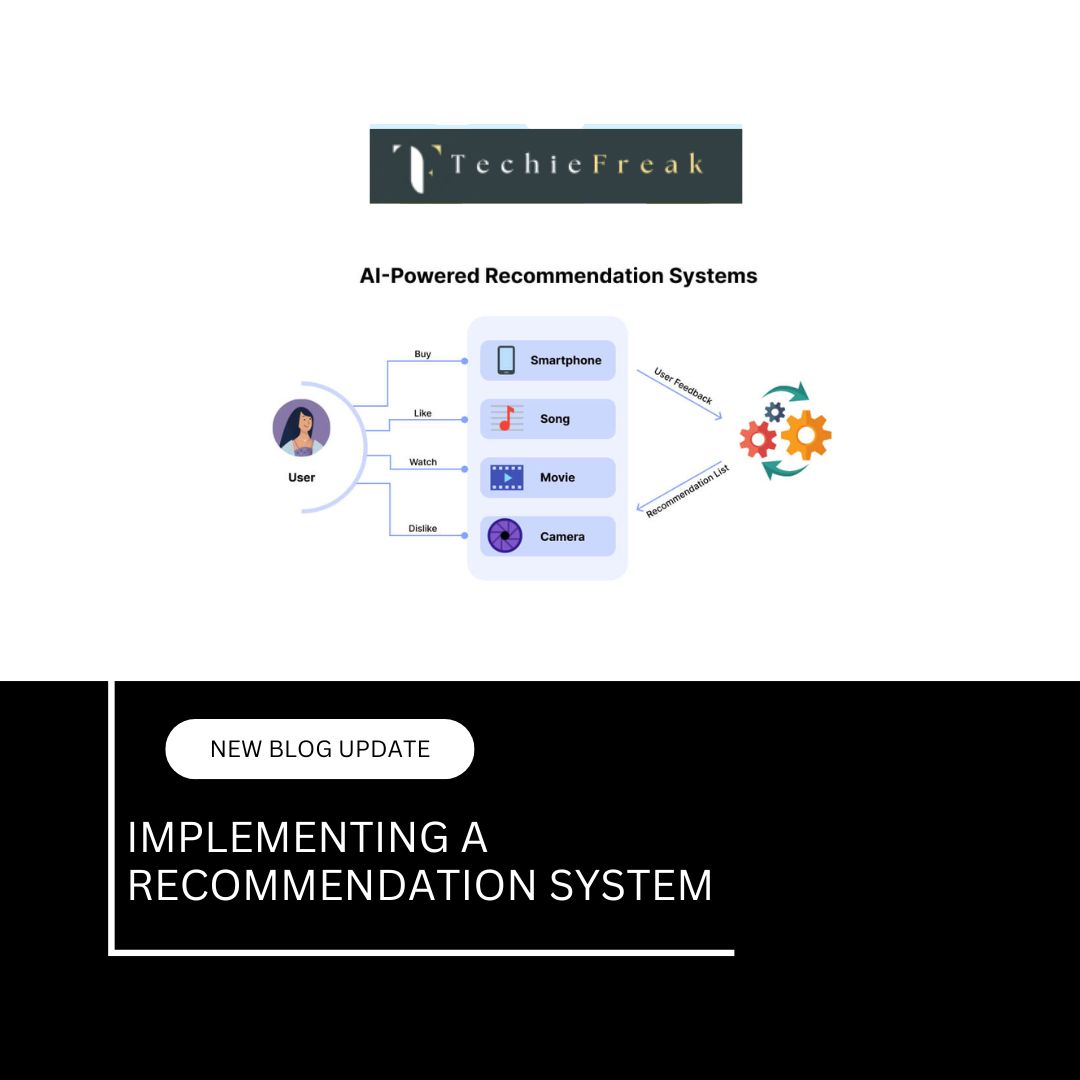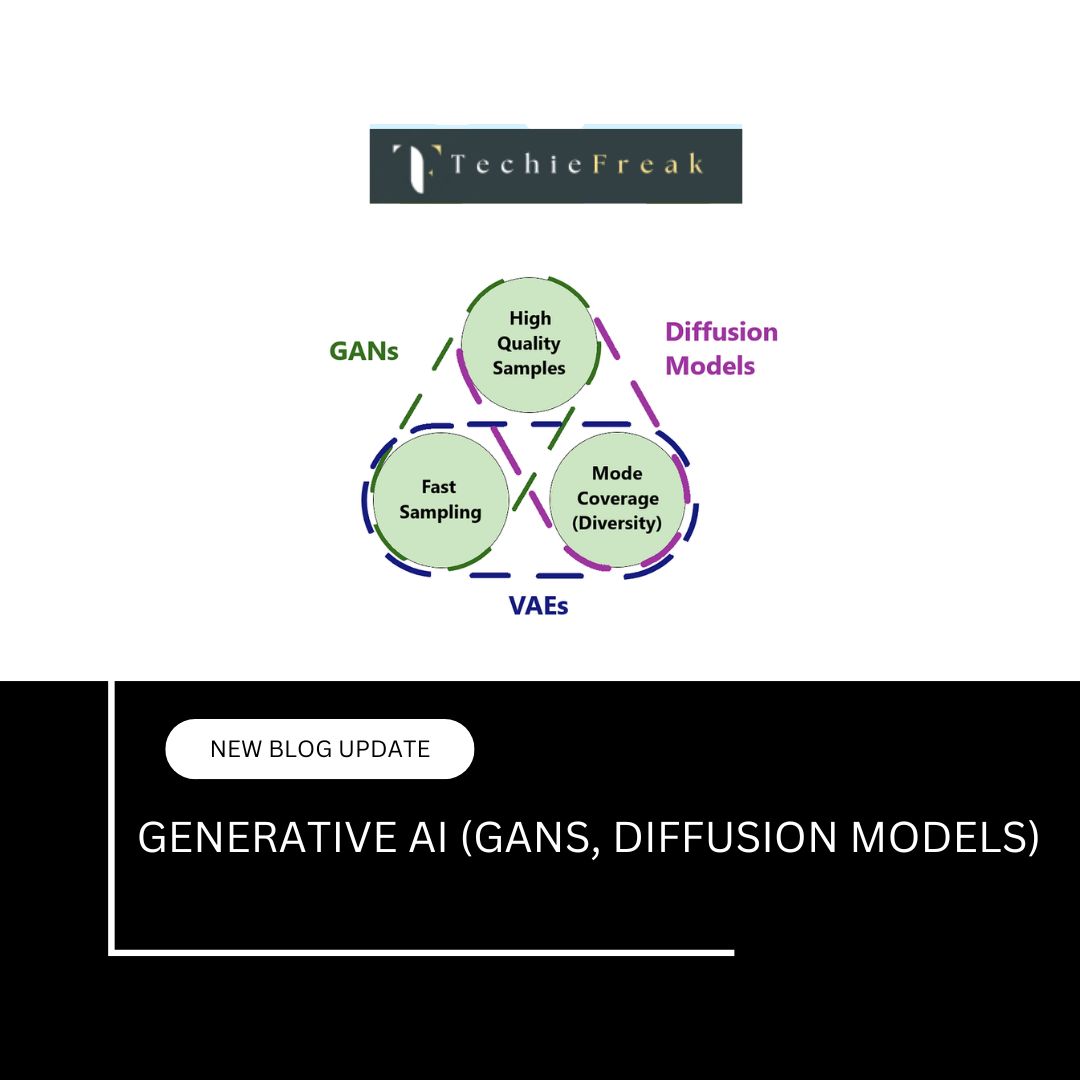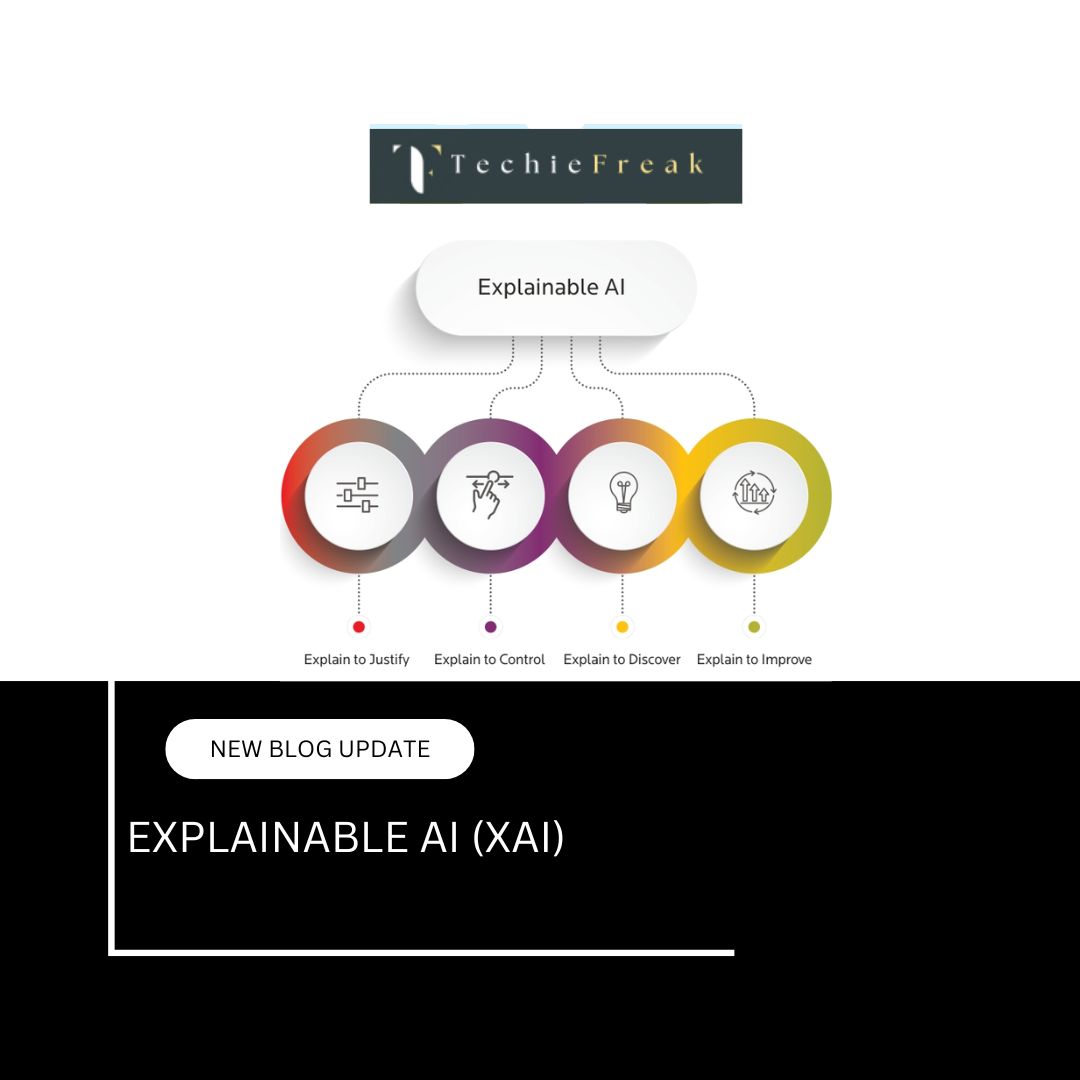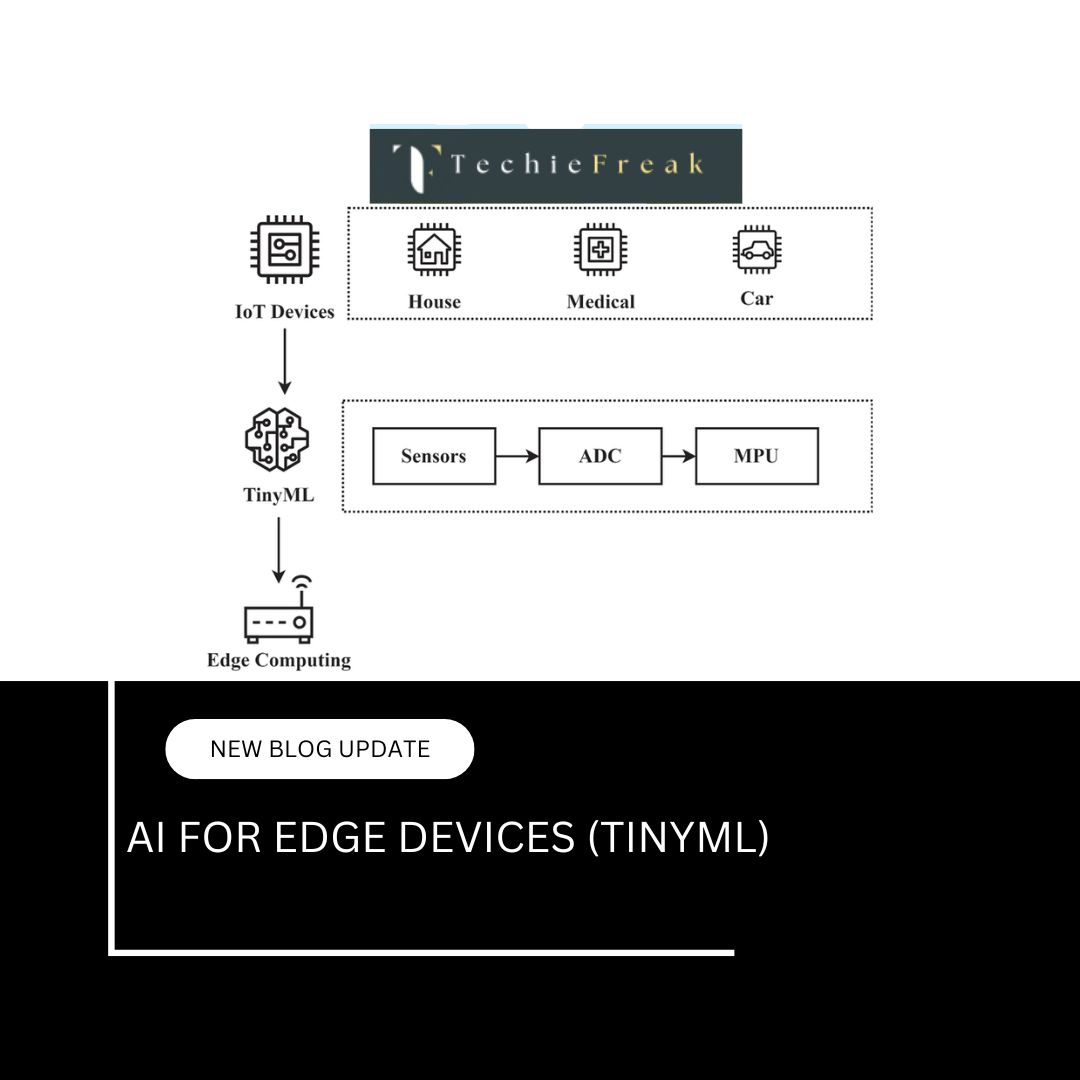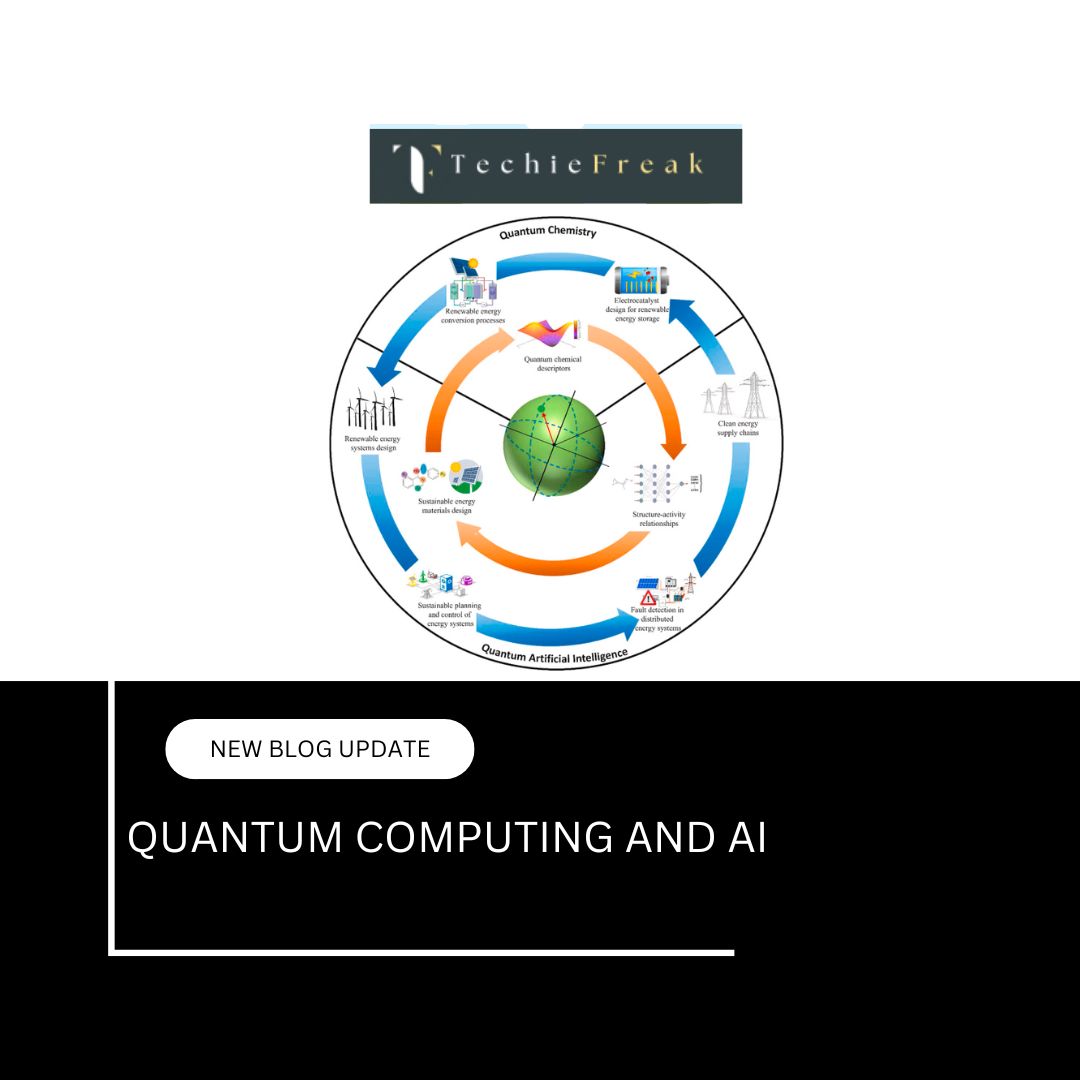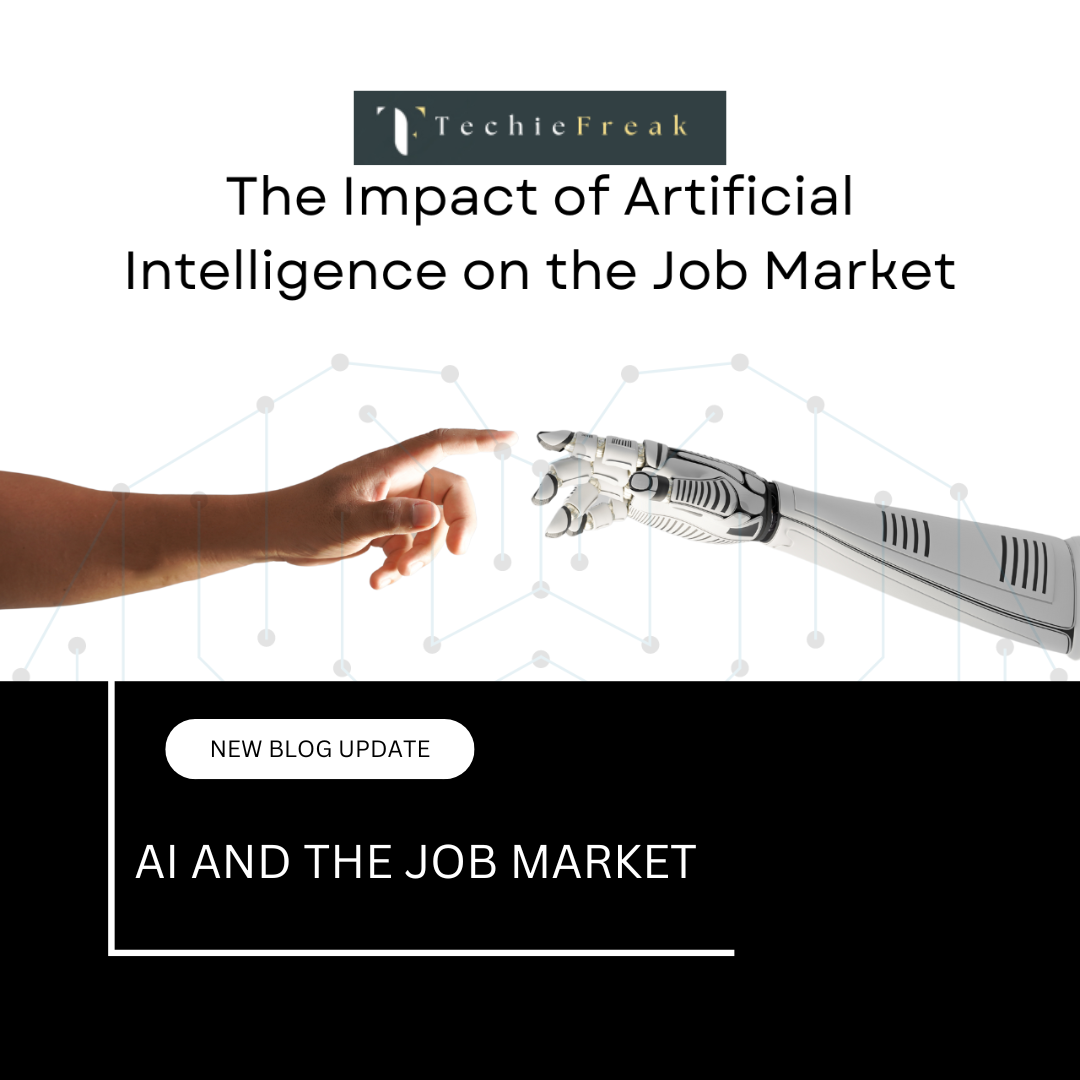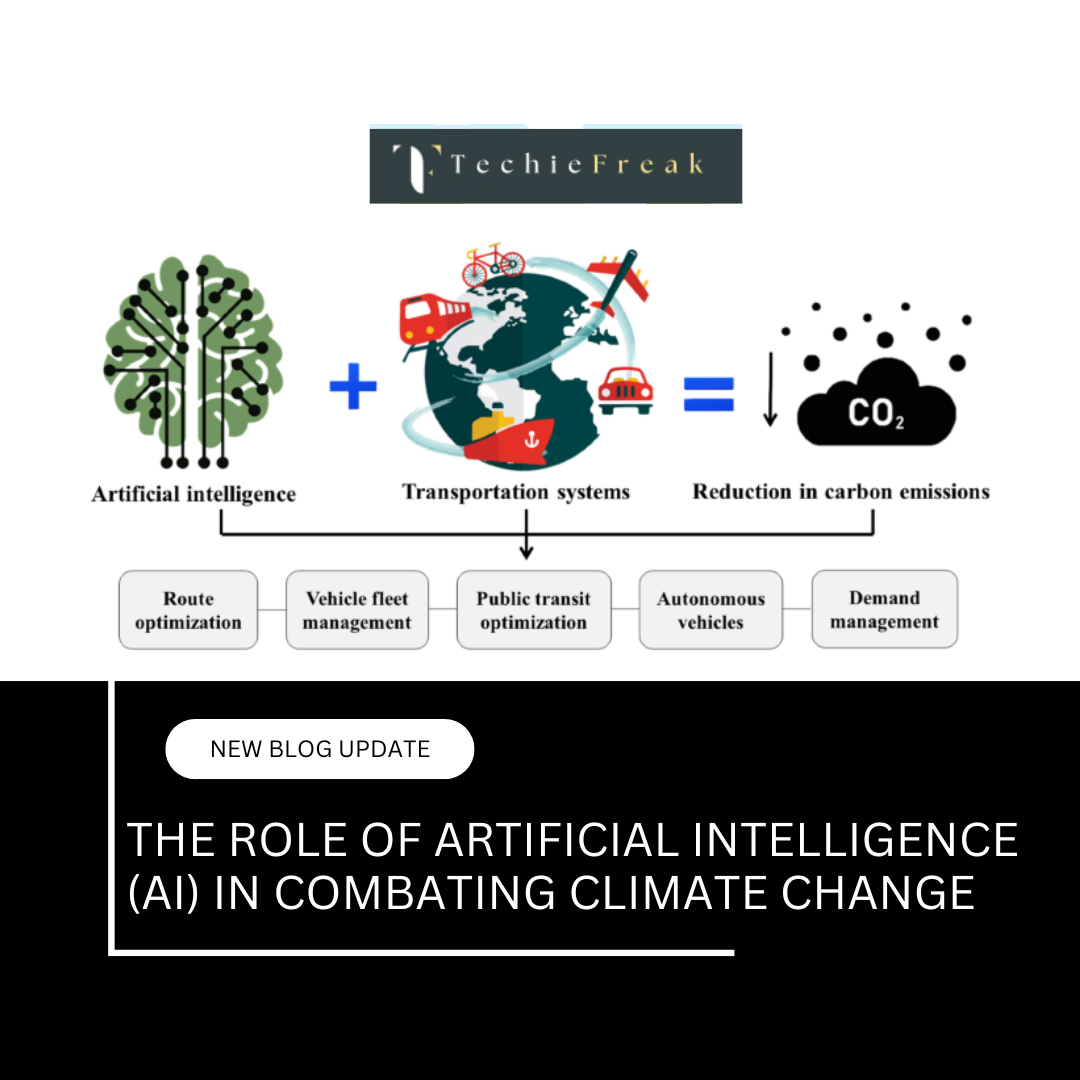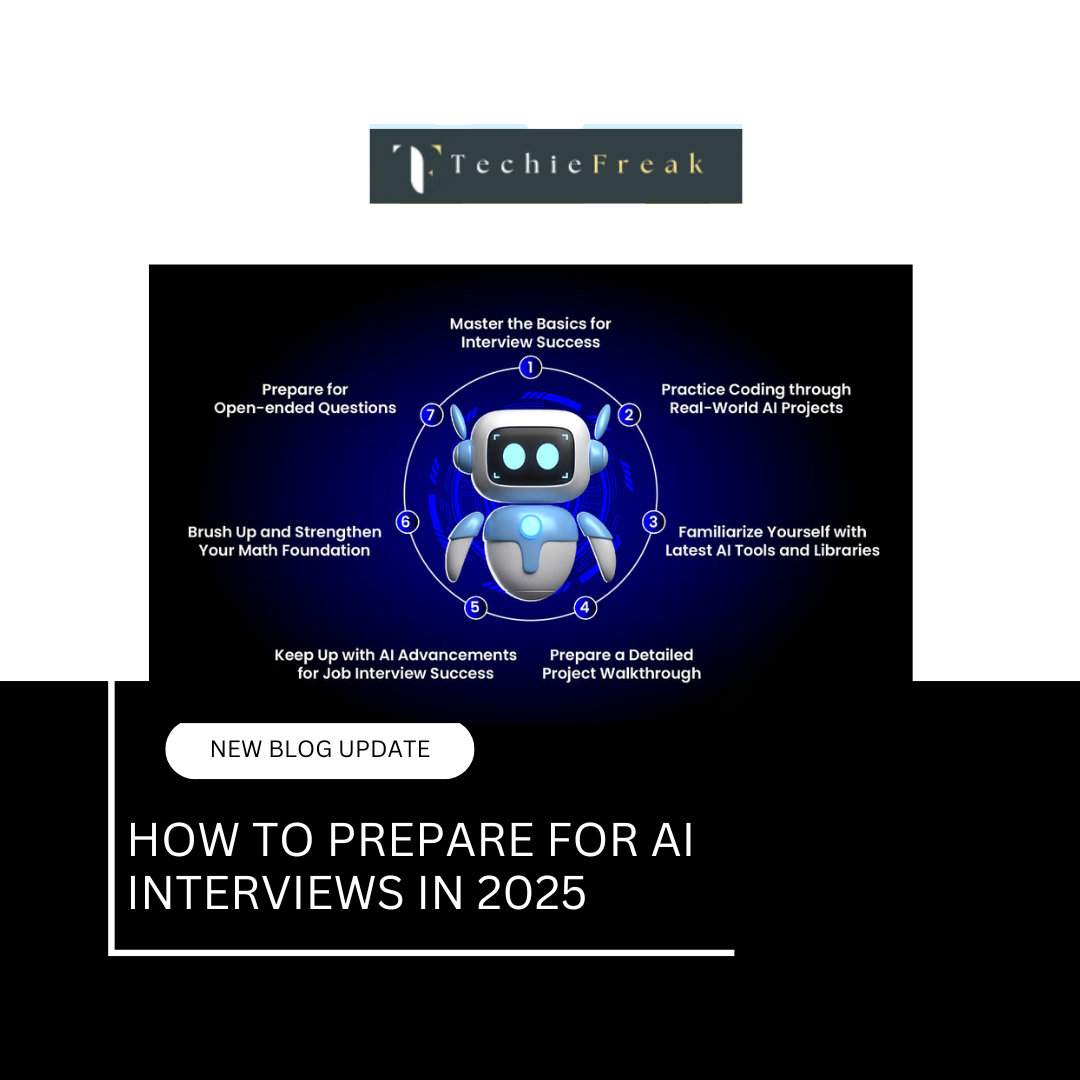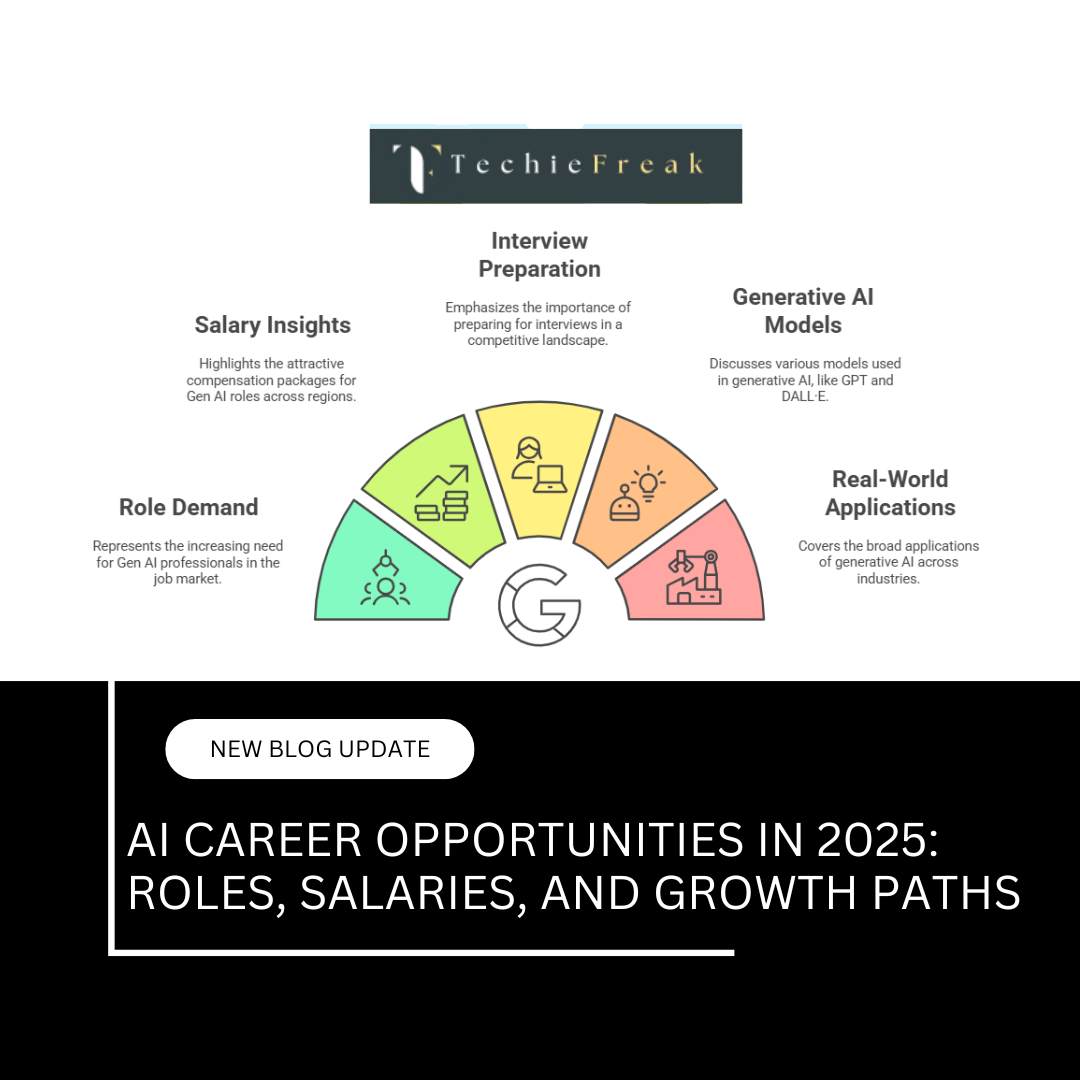Introduction to Scikit-learn
Scikit-learn is one of the most widely used machine learning libraries in Python, offering simple and efficient tools for data analysis, preprocessing, and model training. Built on top of NumPy, SciPy, and Matplotlib, Scikit-learn provides a robust framework for implementing supervised and unsupervised learning algorithms with minimal code. It is primarily designed for small to medium-scale machine learning tasks and is widely used in industry and academia for rapid prototyping and research.
Key Features of Scikit-learn
1. Simple and Consistent API
Scikit-learn provides a unified interface for various machine learning algorithms. The process of training a model generally follows a consistent structure:
- Instantiate the model
- Fit the model to the data
- Make predictions
- Evaluate performance
This consistency makes it easier to switch between different models without changing the code structure significantly.
2. Wide Range of Machine Learning Algorithms
Scikit-learn supports a variety of algorithms for supervised and unsupervised learning, including:
- Supervised Learning: Linear Regression, Logistic Regression, Support Vector Machines (SVM), Decision Trees, Random Forest, Gradient Boosting.
- Unsupervised Learning: K-Means Clustering, DBSCAN, Principal Component Analysis (PCA), t-SNE.
It also provides utilities for dimensionality reduction, feature selection, and model validation.
3. Efficient Data Preprocessing
Data preprocessing is a crucial step in machine learning, and Scikit-learn offers a range of tools for:
- Handling missing values using SimpleImputer
- Scaling features using StandardScaler or MinMaxScaler
- Encoding categorical variables using OneHotEncoder and LabelEncoder
- Feature extraction and transformation
These preprocessing tools ensure that the data is in an optimal format before training a model.
4. Model Selection and Hyperparameter Tuning
Scikit-learn includes several techniques for evaluating models and tuning their hyperparameters:
- Cross-validation (cross_val_score): Evaluates models on different subsets of data to prevent overfitting.
- Grid Search (GridSearchCV): Finds the best hyperparameters by trying different combinations.
- Randomized Search (RandomizedSearchCV): Similar to grid search but selects hyperparameters randomly for efficiency.
These features help improve model performance by finding the most optimal settings.
5. Built-in Performance Metrics
Scikit-learn provides various scoring functions to evaluate machine learning models, including:
- Accuracy, precision, recall, F1-score for classification tasks
- Mean Squared Error (MSE), R² score for regression tasks
- Silhouette score for clustering tasks
These metrics help assess the effectiveness of a model before deployment.
Core Components of Scikit-learn
Scikit-learn follows a modular approach, where each component is designed to work seamlessly with others. The key modules include:
1. Datasets Module (sklearn.datasets)
Provides sample datasets such as Iris, Digits, Boston Housing, and functions for loading external datasets like CSV or Excel files.
Example:
from sklearn.datasets import load_iris
iris = load_iris()
print(iris.data.shape) # Output: (150, 4)
2. Data Preprocessing (sklearn.preprocessing)
Handles scaling, encoding, and feature extraction to improve model accuracy.
Example:
from sklearn.preprocessing import StandardScaler
scaler = StandardScaler()
scaled_data = scaler.fit_transform(iris.data)
3. Model Selection (sklearn.model_selection)
Provides functions for splitting data, cross-validation, and hyperparameter tuning.
Example:
from sklearn.model_selection import train_test_split
X_train, X_test, y_train, y_test = train_test_split(iris.data, iris.target, test_size=0.2, random_state=42)
4. Machine Learning Models (sklearn.linear_model, sklearn.ensemble, etc.)
Contains implementations of various supervised and unsupervised learning algorithms.
Example:
from sklearn.linear_model import LogisticRegression
model = LogisticRegression()
model.fit(X_train, y_train)
5. Performance Metrics (sklearn.metrics)
Evaluates models using different scoring methods.
Example:
from sklearn.metrics import accuracy_score
y_pred = model.predict(X_test)
print("Accuracy:", accuracy_score(y_test, y_pred))
How Scikit-learn Works? Step-by-Step Example
Let’s go through a complete example using Scikit-learn for training a classification model on the famous Iris dataset.
Step 1: Load the Dataset
from sklearn.datasets import load_iris
iris = load_iris()
X, y = iris.data, iris.target # Features and target variable
Step 2: Preprocess the Data
from sklearn.preprocessing import StandardScaler
scaler = StandardScaler()
X_scaled = scaler.fit_transform(X) # Scale features for better performance
Step 3: Split Data into Training and Testing Sets
from sklearn.model_selection import train_test_split
X_train, X_test, y_train, y_test = train_test_split(X_scaled, y, test_size=0.2, random_state=42)
Step 4: Train a Machine Learning Model
from sklearn.ensemble import RandomForestClassifier
model = RandomForestClassifier(n_estimators=100, random_state=42)
model.fit(X_train, y_train)
Step 5: Make Predictions
y_pred = model.predict(X_test)
Step 6: Evaluate Model Performance
from sklearn.metrics import accuracy_score, classification_report
print("Accuracy:", accuracy_score(y_test, y_pred))
print(classification_report(y_test, y_pred))
Key Takeaways
Scikit-learn is a powerful and easy-to-use machine learning library that provides a wide range of algorithms, preprocessing tools, and evaluation metrics. It simplifies the process of training, tuning, and deploying models with its modular and intuitive API. Whether you're working on classification, regression, clustering, or dimensionality reduction, Scikit-learn is an essential tool for building efficient machine learning models.
.png)

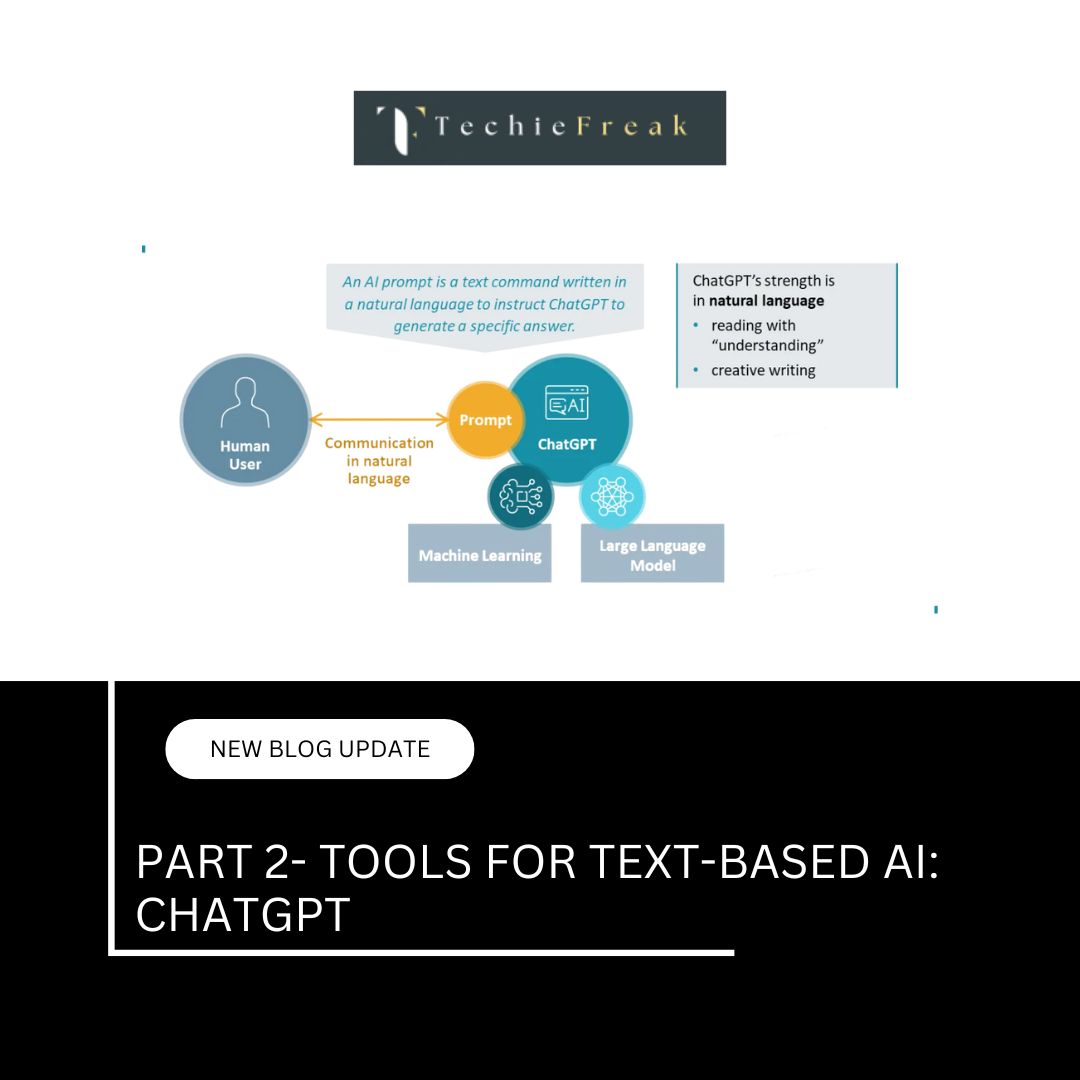
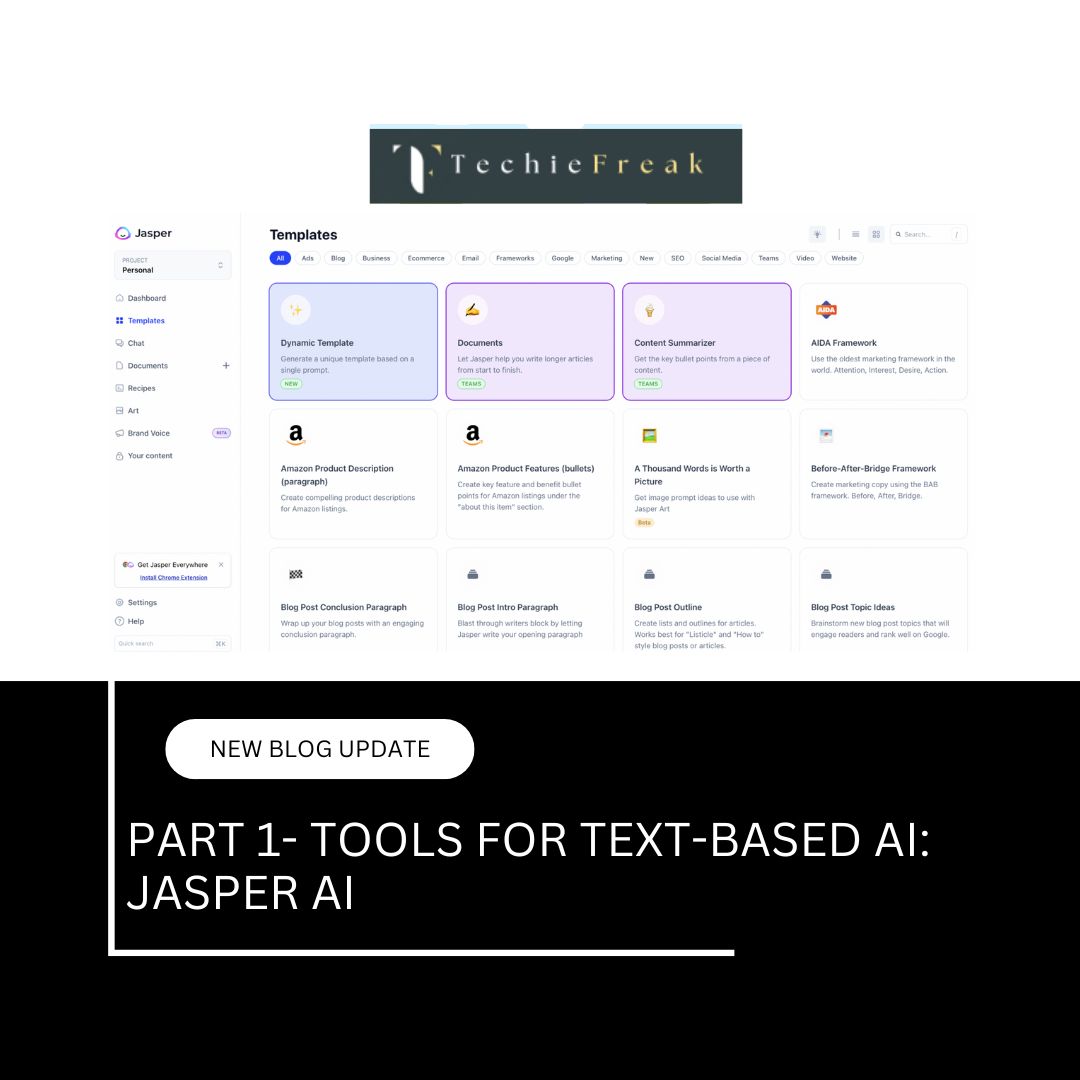


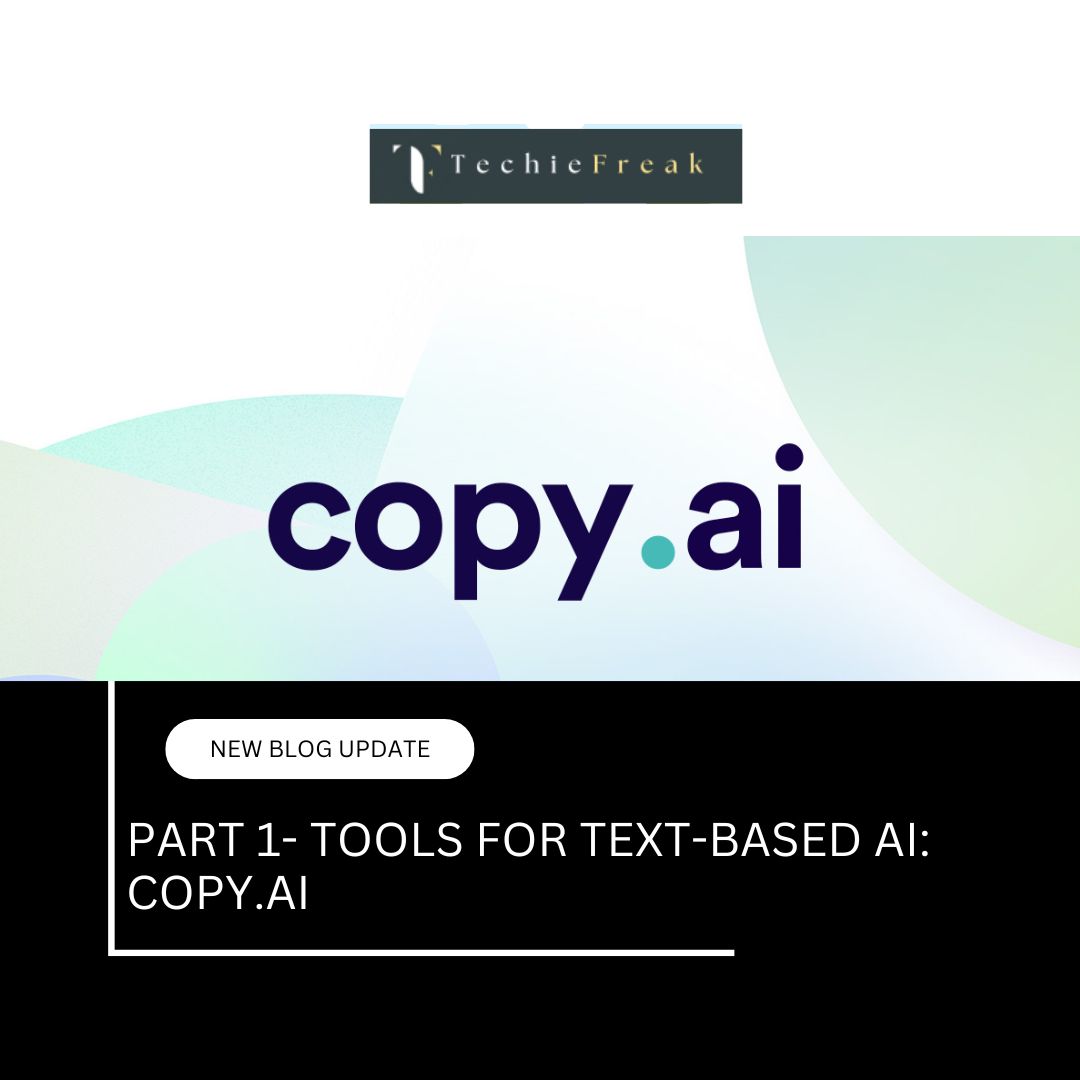
.jpg)
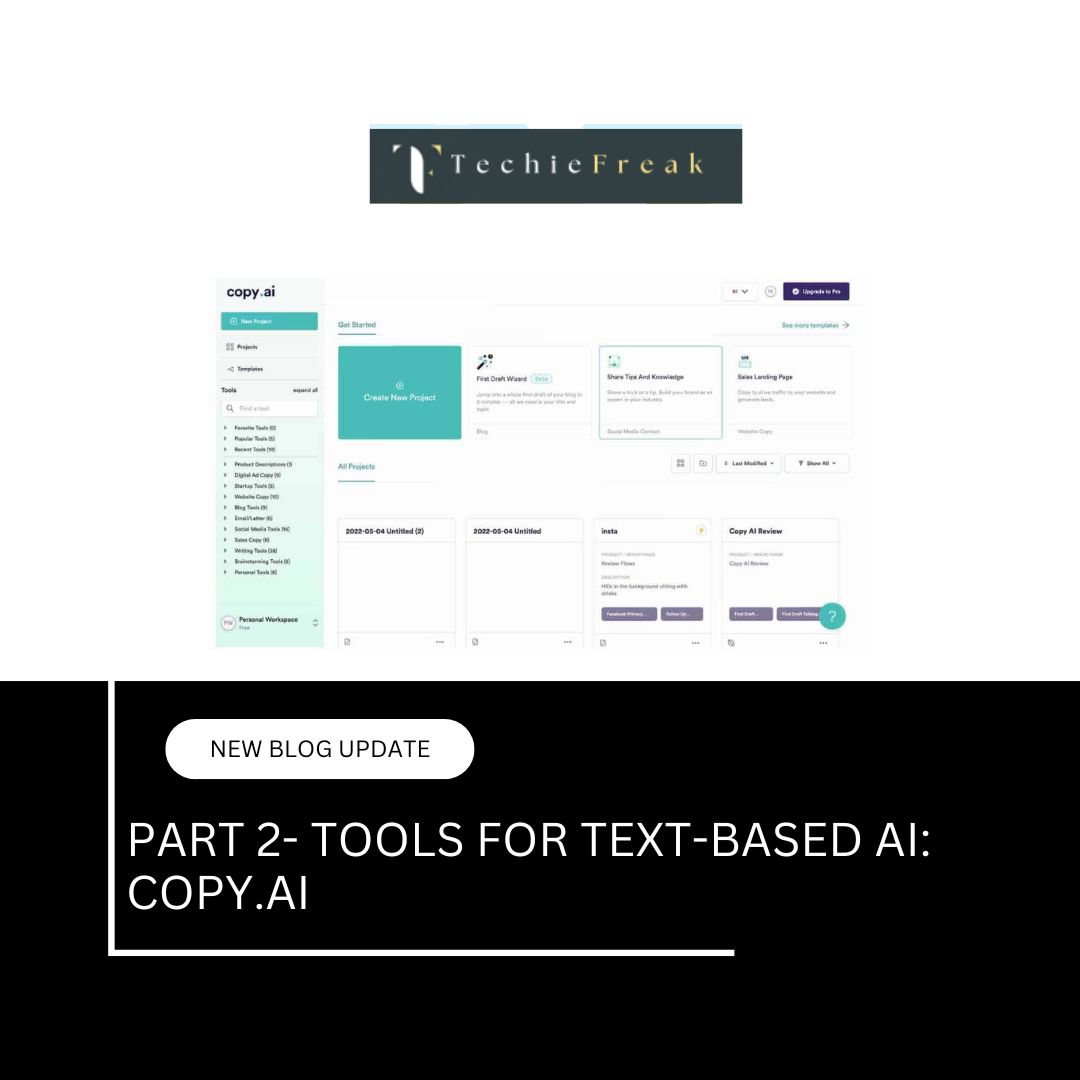
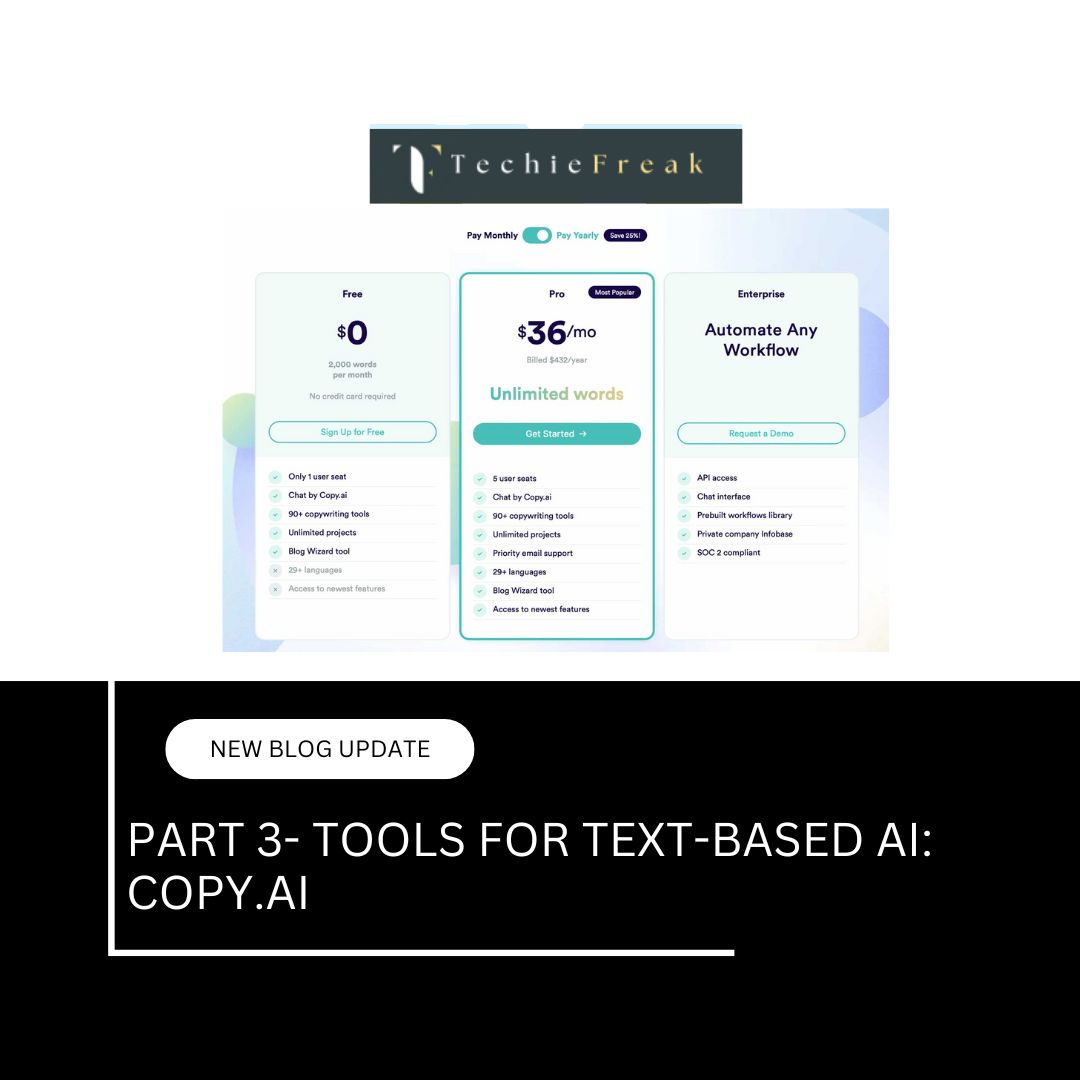
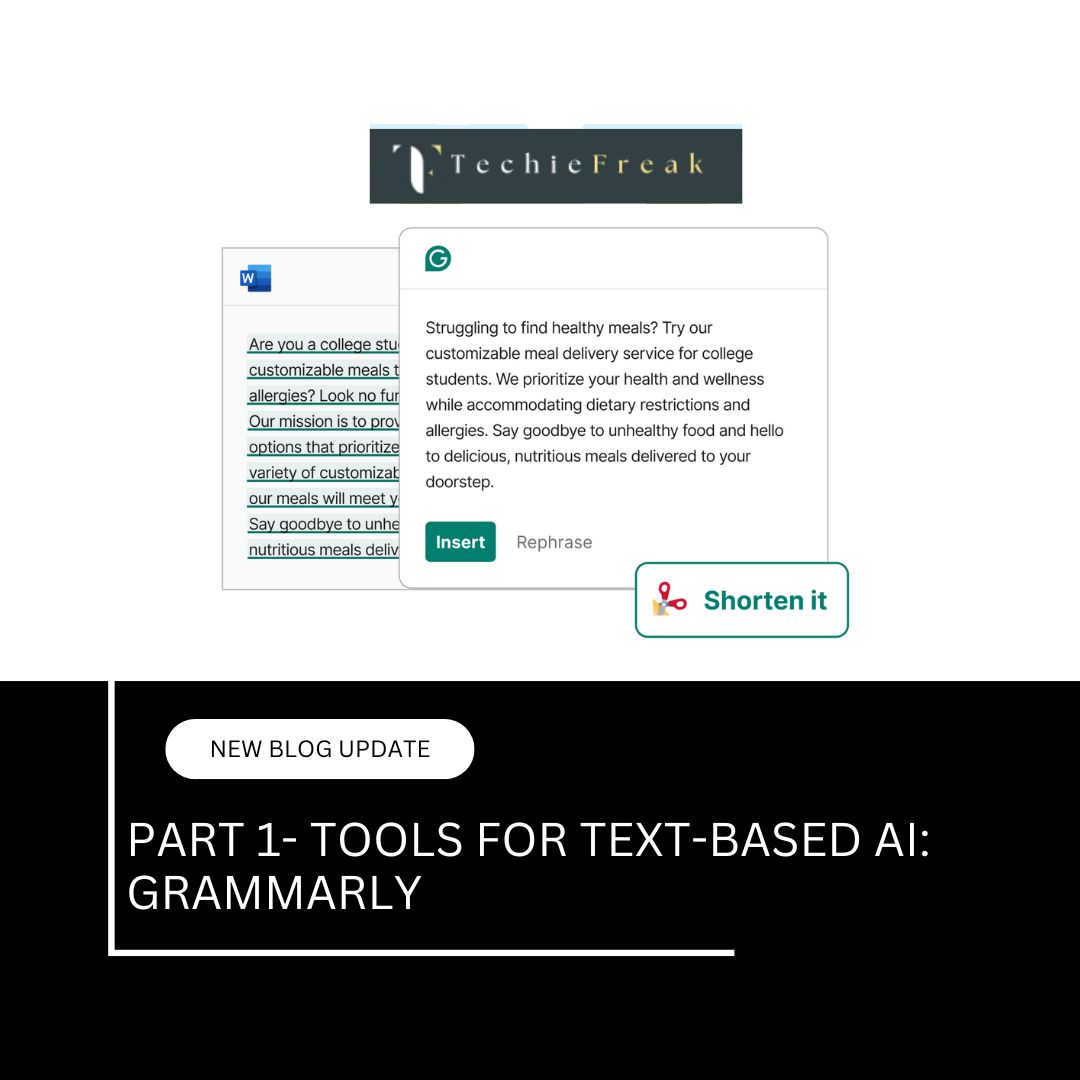
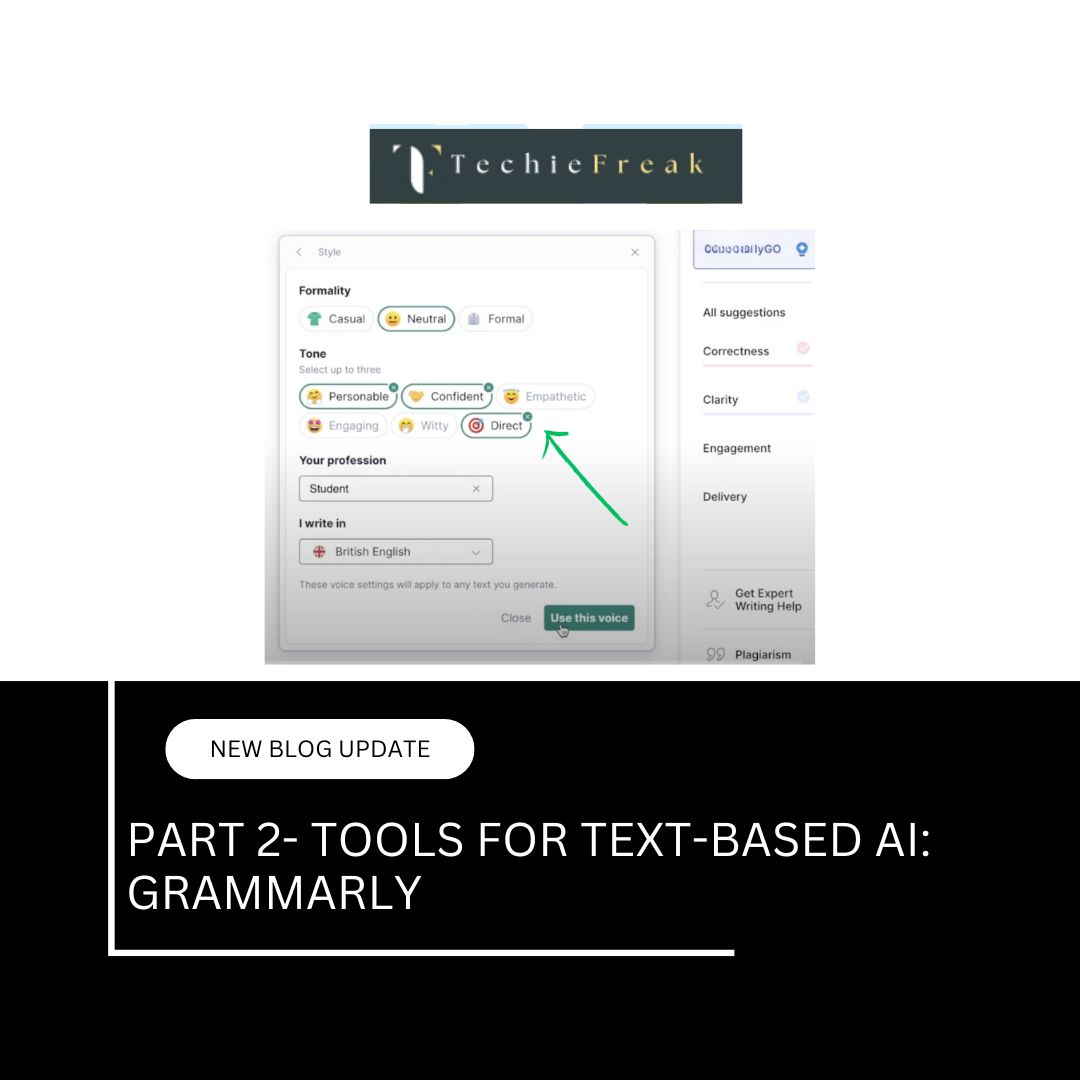
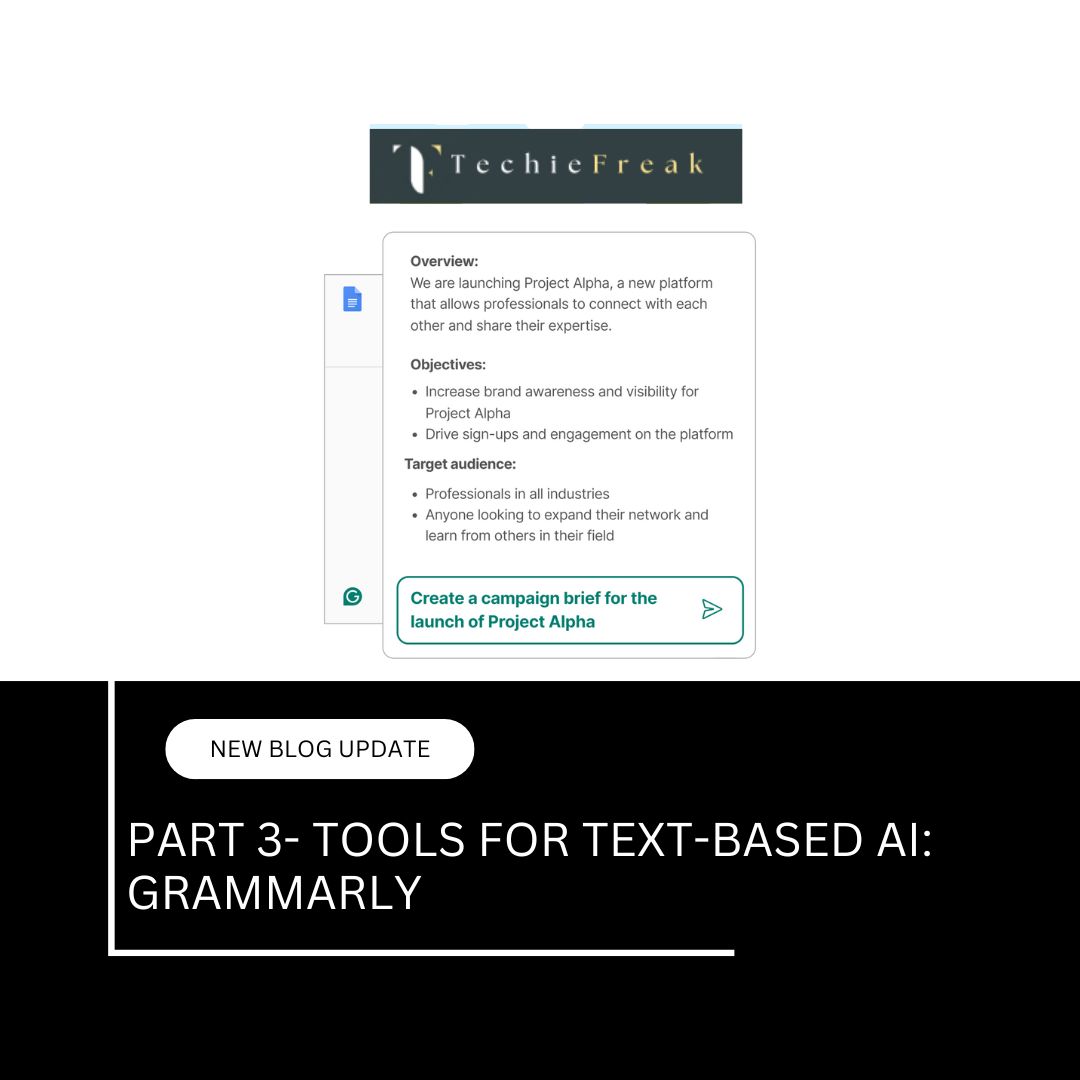
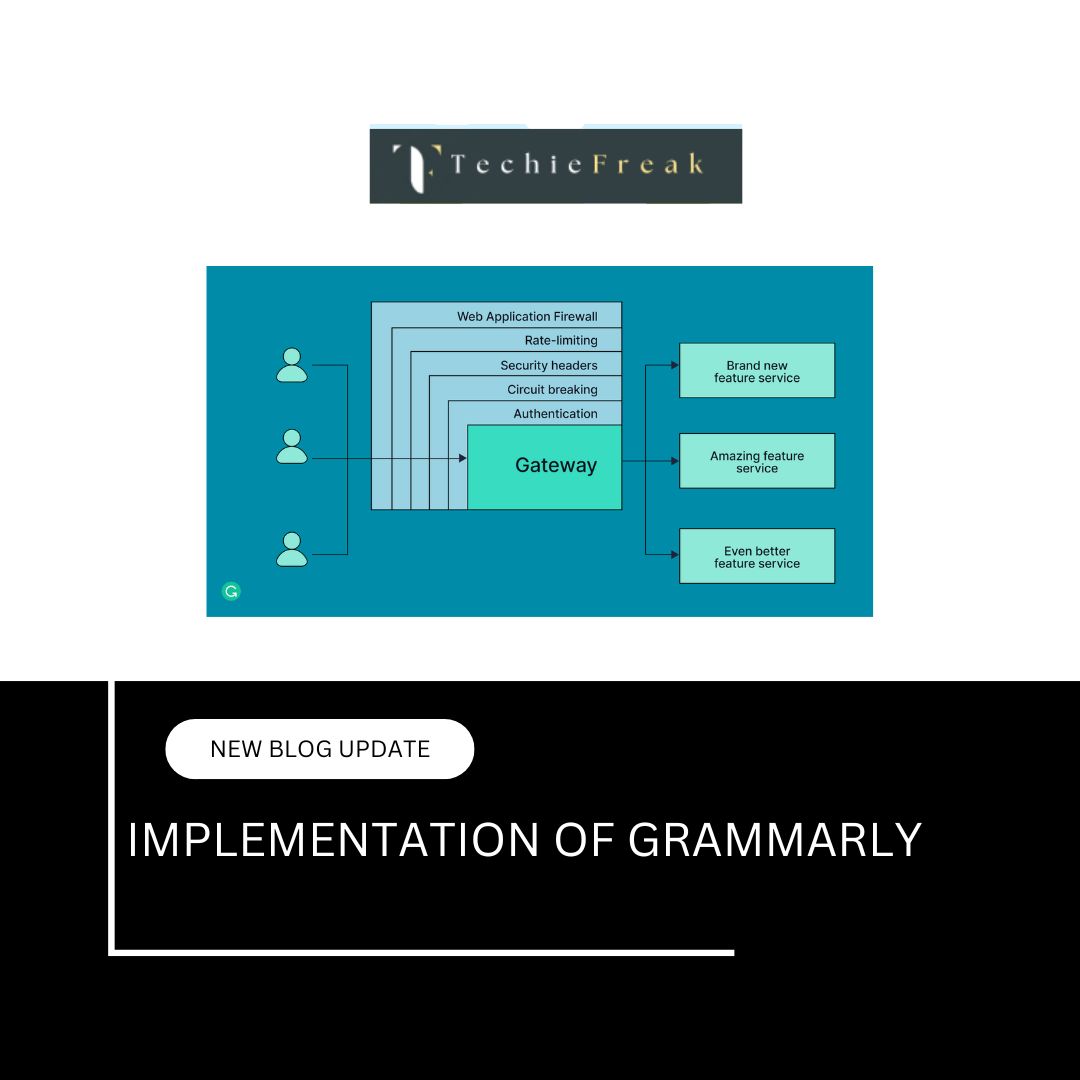




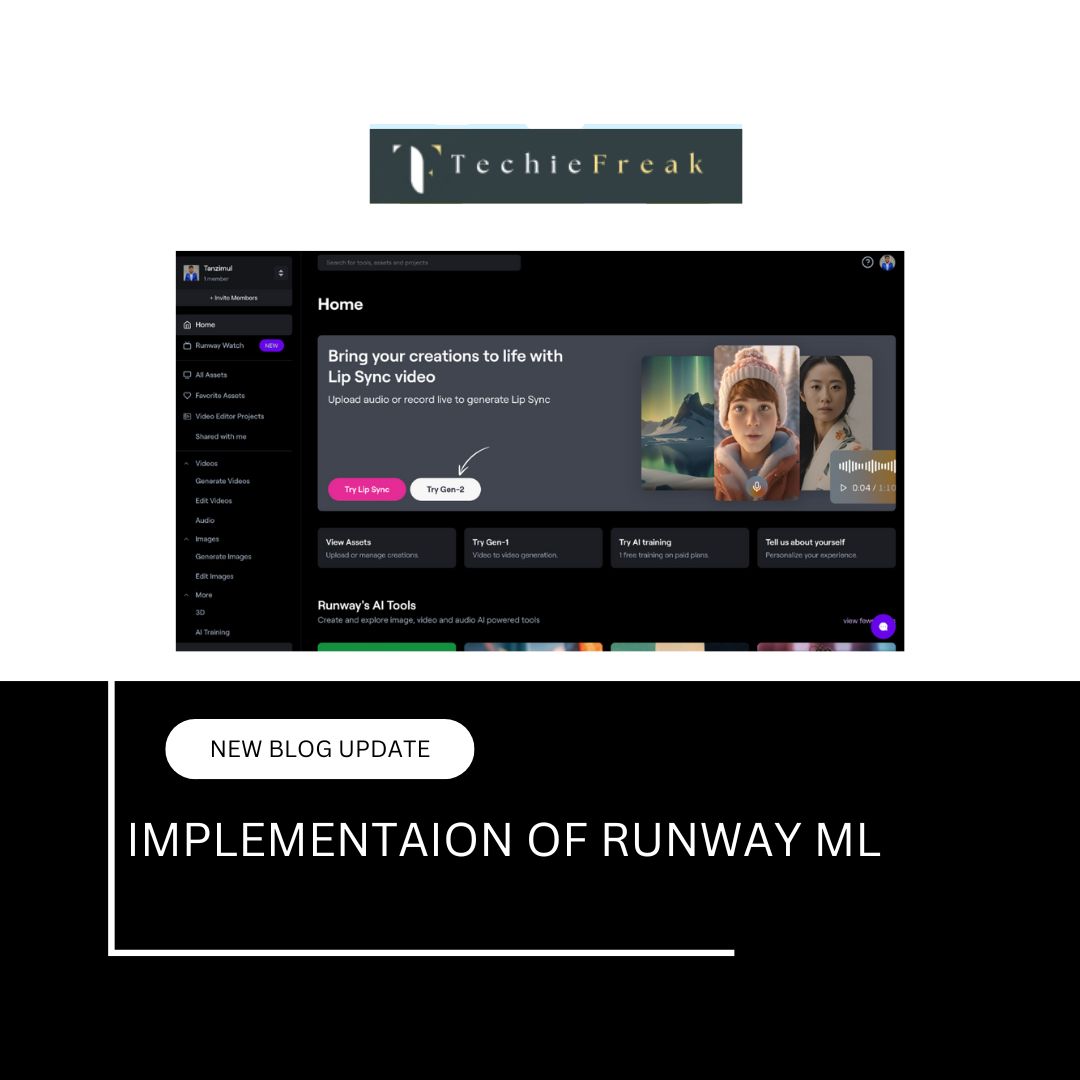


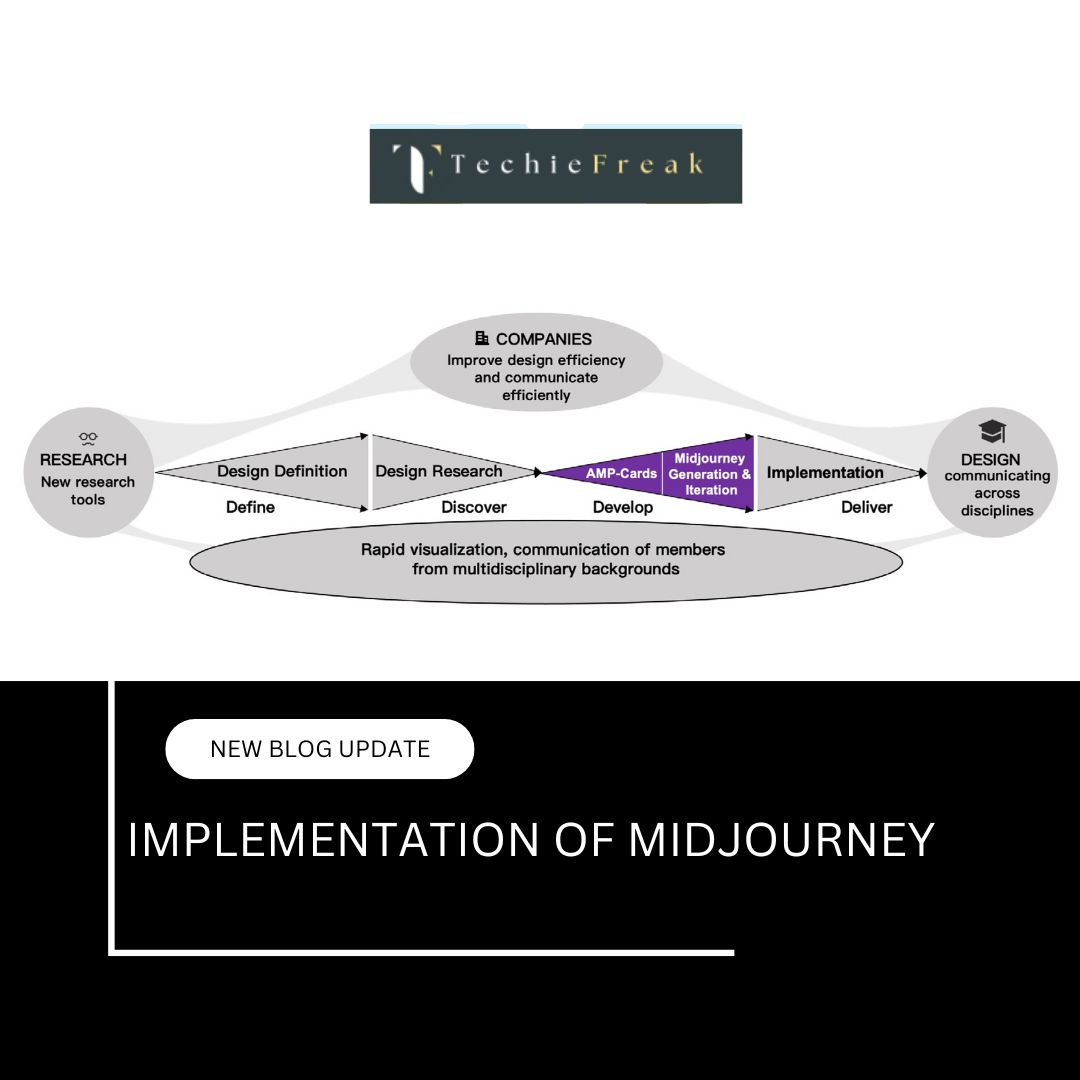
.jpg)


.png)
.png)
.png)
.png)
.png)
.png)
.png)
.png)
.png)
.png)
.png)
.png)
.png)
.png)
.png)
.png)
.png)
.png)
.png)
.png)
.png)
.png)
.png)
.png)
.png)
.png)
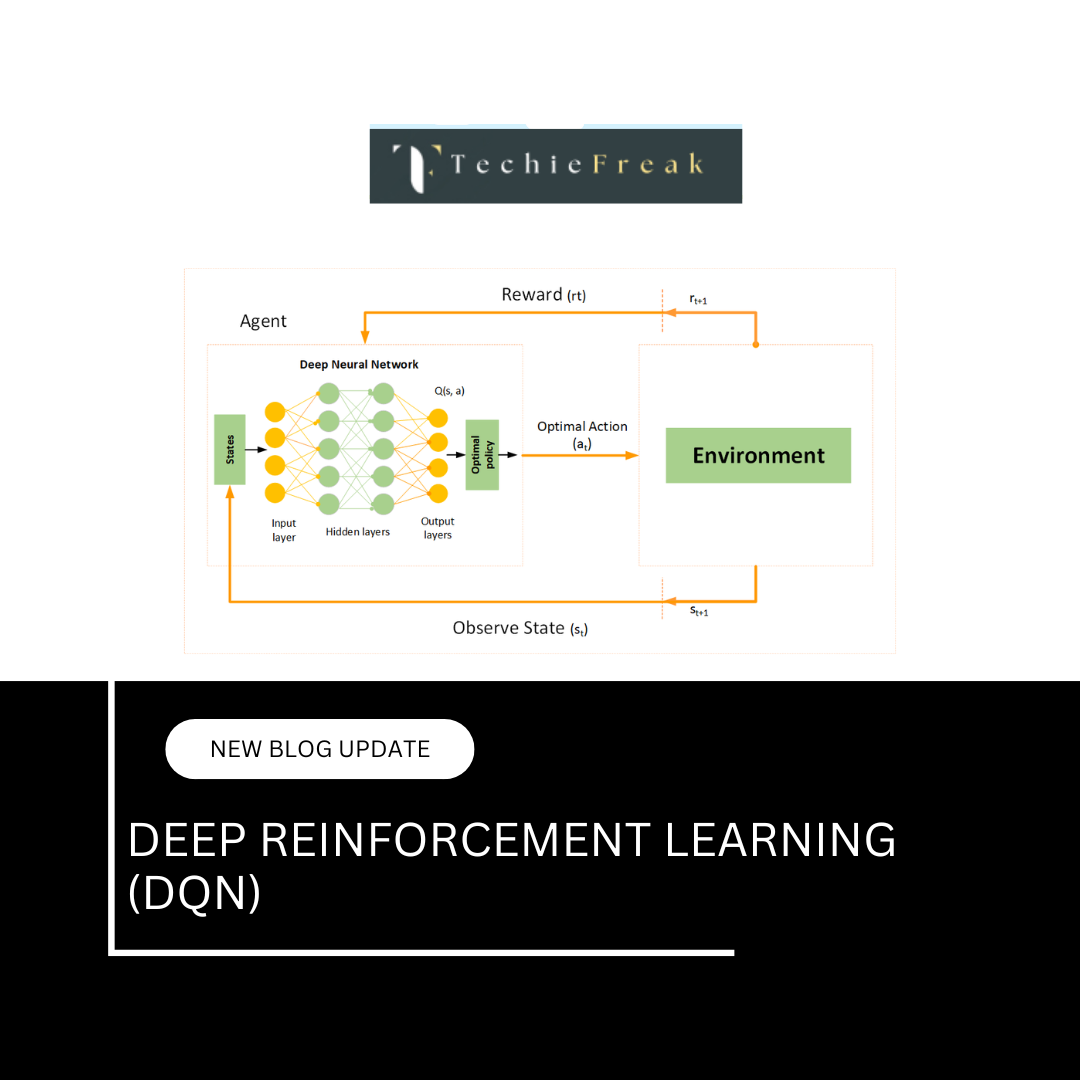
.png)
.png)
.png)
.png)
.png)

.png)



